

We write Stevens history
First minor fair in several years to take place this month
BY BEN KNOBLOCH NEWS EDITOR
The first Undergraduate Minor Fair in several years is being held on October 23 by several university offic es to help Stevens students discover and choose minors that best fit their academic plans. The Stute spoke with organizers of the fair to learn more about the motivation behind the new event and what students can expect.
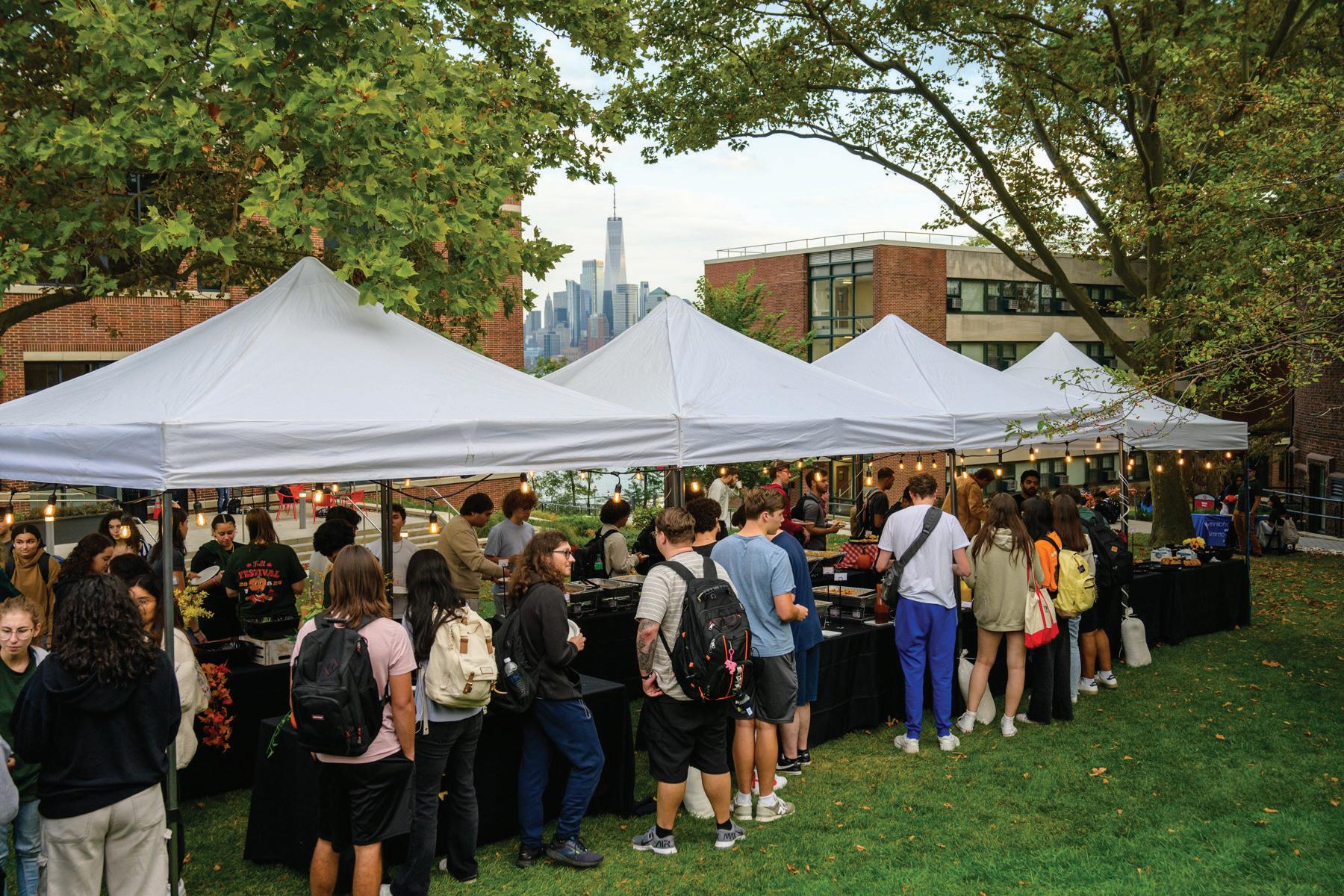
The fair is a coopera tive effort from the Office of Undergraduate Academics (OUA), the Registrar’s Office, and the Stevens Career Center. According to Lisa Cavanaugh, Coordinator of the School of Business’s Student Support Center, it’s not the first time these offices have collaborated on such an event. “We used to have a minor fair every year, where all the representatives from the various schools, advisors, the Registrar, and OUA would come together to explain minors to the diverse student body and collect paper minor study plans,” she explained.
However, after the school invested more in department-specific advising and the current Workday system
SEE MINOR PAGE 2
EC’s Fall Fest draws big crowds with food, fun, and pumpkins
BY EVAN PAPAGEORGE, HEAD COPY EDITOR
After a hiatus, Fall Fest, run by the Entertainment Committee (EC) with help from the Office of Undergraduate Student Life, returned to campus on October 2, bringing the Stevens community together again for an evening of fun, food, and festivities. With an impressive turnout of approximately 640 students, the event demonstrated the lasting appeal of the annual autumn celebration. The attendance included 325 students from the Class of
The evolution of Pinnacle stipends for J-Term
Originally, Pinnacle and Clark Scholars were limited to only one stipend during the J-Term. However, due to increasing popularity, it will now be possible to use two stipends for J-Terms. Stevens hopes this will encourage more of these students to take advantage of study abroad and experiences outside of the classroom.
Pinnacle and Clark Scholars receive three $5,000 stipends during their time at Stevens. Previously, only one of these stipends could be used for research or study abroad opportunities over the summer. However, the program was expanded two years ago to allow seniors who may have otherwise missed a study abroad opportunity due to COVID-19 to use the stipend during winter break, also known as J-Term. Due to its popularity, flexibility, and lower cost, the ability to study abroad over the J-Term was expanded to all Pinnacle and Clark Scholars. Because of GPA requirements and earlier deadlines, first-year students are not eligible for J-Term. Scholars can start exploring winter term options during their sophomore year. Moreover, seniors must have at least one stipend remaining to
be eligible. If students want to use their stipend during a J-Term a second time, it’s highly recommended to do so during their senior year. International experiences can range from standard study abroad, research abroad, or even service abroad.
After their international program, Scholars are expected to volunteer in assisting with study abroad fairs or student panels. Furthermore, they are required to submit a two-page reflection report. If the report isn’t submitted on time, they are ineligible to use future stipends until the report is submitted.
There are many opportunities for everyone to study abroad, especially during J-Term. On September 24, IFSA held an info session on their various J-Term programs, including ones for countries like Spain, Italy, Mexico, and Costa Rica. Another info session from IES explores the beauty of the Galapagos Islands. There are plenty of other countries to discover, such as France, Chile, South Korea, Portugal, Greece, England, and the Czech Republic.
Despite the lower costs, studying abroad for J-Term can still be expensive and can exceed the $5,000 sti-
SEE J-TERM PAGE 2
2028, 172 from the Class of 2027, 104 from the Class of 2026, and 82 from the Class of 2025. The high number of first-year students shows a promising improvement from lower attendance recorded after COVID-19. To learn more, The Stute spoke to Gianmarco Costa, who planned the event. The event’s success was made possible by collaborating with various vendors and teams, ensuring everything was set up on time. Premium Entertainment’s photo booth was a popular attraction, while Jeff Vock captured the essence of Fall Fest through his photogra-
phy. Stevens Catering supplied a range of delicious food options, including mac and cheese and pita, which received high praise from attendees. Additionally, vendors were brought in for lighting and decorations and supplied pumpkins for participants to take home. The event also included activities for students to participate in. With pumpkin picking and painting included, students stayed longer than just to eat, marking a peak interest in the event. The supply of pumpkins even ran out before the end
What’s next in computing with IBM’s Dr. Darío Gil
BY SEAN ANDERSON, NEWS WRITER
On October 9th, the Stevens campus was host to Dr. Darío Gil, IBM Senior Vice President and Director of Research, who spoke on what the future of computing will look like. The lecture is the most recent event in the President’s Distinguished Lecture Series which was started by Steven’s President Nariman Farvadin in 2012. The lecture series in the past has brought some of the world’s most distinguished leaders in science and technology to campus to speak on the role of technology in different fields and its impact now in the 21st century.
Darío Gil certainly is one of these leaders as exhibited by his experiences and roles in the field of technology. Gil is responsible for IBM Research and heads the technical community of IBM, but his influence also extends outside of IBM. He is also the chair of the National Science Board that oversees the National Science Foundation, and he co-chairs both the MIT-IBM Watson AI Lab and the executive board of the International Science Reserve. He has served on the U.S. President’s Council of Advisors on Science and Technology. Gil received a bachelor’s degree in electri-
cal engineering from Stevens and his Ph.D. in Electrical Engineering and Computer Science from MIT.
During the presentation, Gil touched mainly on three key pieces - bits, neural networks, and qubits - and followed a pattern of noting where the concept for each started and what is in store regarding it in the future. He commented first that this is the “most exciting time in computing since the 1940s” when the transistor was invented. This transitioned into talking about the first key piece, bits, where Gil mentioned the original concept of them could be attributed to Gottfried Leibniz who, in the 1600s, created the binary system. Transistors are used as vessels for encoding bits. Since their creation, the development of transistors has been exponential, and, at the current rate, there will be computer chips the size of a fingernail with 1 trillion transistors.
Gil continued the lecture by discussing progress with neural networks. It was first noted that Santiago Ramón y Cajal, the father of neuroscience, would pave the way for further development with biological neural networks and, in the 1940s, artificial neural networks. The ultimate goal would be to devel-
SEE IBM PAGE 3
BY EVAN PAPAGEORGE, HEAD COPY EDITOR
The Schaefer School of Engineering and Science (SES) recently launched a new initiative for undergraduates (UG), the “SES UG Student Group Conference Travel Fund,” designed to support interdisciplinary Registered Student Organizations (RSOs) in attending conferences. This initiative, developed with the help of the SES Dean’s Undergraduate Student Advisory Council (DUSAC), marks a significant step in fostering collaboration and providing financial assistance to student groups within the school.
The Stute spoke with Dakota Van Deursen, Assistant Director — Core Engineering and Science Education, and Frank Fisher, Professor and Associate Dean for Undergraduate Studies in the Schaefer School of Engineering and Science, to learn more about this new program.
The SES UG Student Group Conference Travel Fund is distinct in its focus on providing financial support to interdisciplinary RSOs attending conferences as a group. Unlike traditional departmental funding, typically available for specific student groups aligned with certain de-
partments, this new fund targets organizations that draw members from multiple disciplines across SES. Van Deursen emphasized the need for a streamlined and transparent process for these groups to apply for conference travel funding. The initiative is not meant for individual students or non-conference travel, ensuring the funds are directed toward collective experiences that enhance academic and professional development.
The fund’s creation addressed a long-standing issue for interdisciplinary RSOs that previously needed a precise mechanism for requesting financial assistance for conference travel. These groups often had to navigate complicated processes or rely on limited departmental support, which only sometimes suited their needs. By establishing the SES UG Student Group Conference Travel Fund, the school aims to provide fairness and transparency, ensuring deserving RSOs can access the support they need to attend conferences that benefit their members and, by extension, the broader SES community.
Ethan Kleschinsky, a former Student Government Association (SGA) Vice President of Student Inter-
NATIONAL NEWS
Bob Woodward book claims secret Trump-Putin meetings
BY SEAN ANDERSON, NEWS WRITER
There are only a few weeks until the U.S. presidential election where the nation will decide between Vice President Kamala Harris and Former President Donald Trump. The last few months have been nothing short of eventful and tense with surprising candidate supporters, violent incidents, new information popping up, and a general closeness in the polls. Another comes just this week as Bob Woodward, an American journalist who formerly worked for the Washington Post, released a book titled “War.” The book mostly discusses the Biden Presidency and the current president’s interactions with world leaders, actions in the war room, and his choice to step down from running again for the presidency. However, the book also brings up information from an anonymous aide about Trump’s tie with Vladimir Putin following Trump’s presidency.
According to Bob Woodward’s “War,” Trump is reported to have had at least seven private calls with Putin since the end of his presidential term. Additionally, it is claimed that Trump
secretly sent COVID-19 test kits to the Russian President for his personal use during the pandemic in 2020. ABC News in a report stated that both Trump spokesperson Steven Cheung and Kremlin spokesperson Dmitry Peskov Many have still become suspicious following these claims due to former assertions regarding Trump and Putin’s relationship, and if these claims are true, the implications are possibly cause for concern. In another article by the New York Times discussing reactions to the book, it is noted that “Former presidents often speak with foreign leaders, but it would be highly unusual for one to talk with an avowed adversary of the United States on the opposite side of a war without clearing it with the White House or State Department first.” The New York Times also reports that Trump has stated Trump has previously spoken to Woodward regarding his book “Rage” which was released in 2021. According to the Associated Press, Trump sued Woodward over the book “claiming Woodward never had
community to our weekly Roving Reporter, plus solve our weekly puzzle and sudoku.
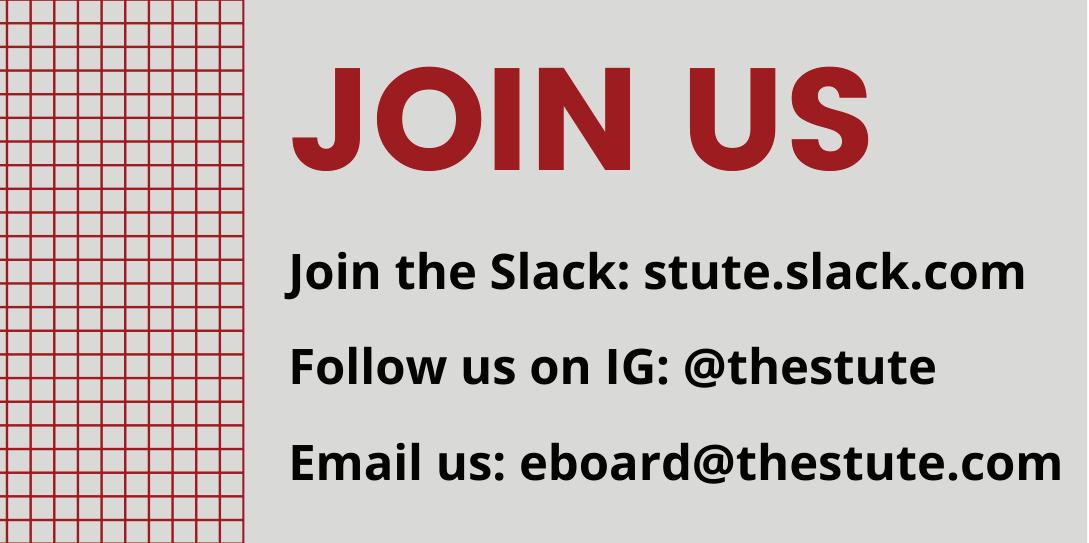

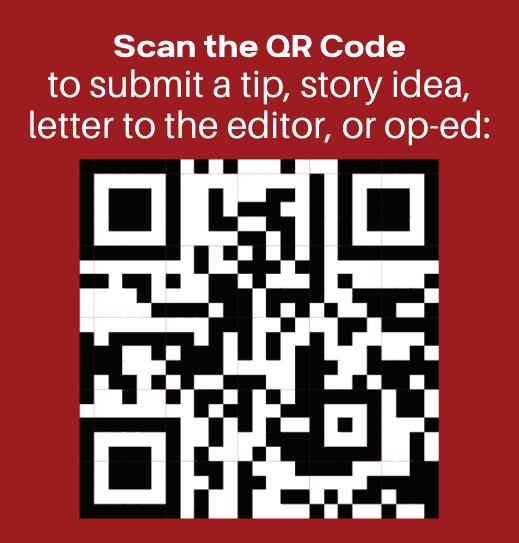
PHOTO COURTESY OF JEFF VOCK
JOSEPHINE CHOONG, STAFF WRITER
Masthead
Volume CXXII No. 7
Executive Board
EDITOR-IN-CHIEF.....................................ISABELLA ZIV ‘25
BUSINESS MANAGER...........................TANYA AVADIA ‘26
MANAGING EDITOR.............................ARTHUR SERRA ‘27
LAYOUT EDITOR...............................JIYA JAISINGHANI ‘27
OUTREACH CHAIR.........................................AVA WANG ‘25
DIGITAL MANAGER..................................ABBY JACOBS ‘27
SECRETARY.........................................NICOLE GIARDINO ‘25
HEAD COPY EDITOR....................EVAN PAPAGEORGE ‘26
Editorial Board
NEWS EDITOR........................................BEN KNOBLOCH ‘25
SCIENCE EDITOR.................................RIYANA PHADKE ‘27
OPINION EDITOR...................................TASHA KHOSLA ‘25
SPORTS EDITOR...............................RUTHIE MULLISKY ‘26
FEATURES EDITOR..................................TIANNA SPITZ ‘27
PULSE EDITOR.......................................MIA PETROLINO ‘25
Operations Board
HEAD PHOTOGRAPHER RAFAEL LEE LI ‘25
Layout Team
ASSIS. LAYOUT EDITOR............VICTORIA OKONKWO ‘28
ASSIS. LAYOUT EDITOR...........................SHREYA ROY ‘27
ASSIS. LAYOUT EDITOR...............EILIYAH SAROWAR ‘28
DELIVERY BOY.........................................JONATHAN LAI ‘28
Staff & Contributors
Josephine Choong
Sean Anderson
Advait Dantuluri
Jeylan Jubran
Jeremiah Chinwendu
Amelie dela Cruz
Erin McGee
Camryn Winant
Charlie Beall
Abby Thomas Prisha Vagvala
Madison Heller
Kevin Castner, Jr.
Stephen Pachucki
Jack Scherban
Emily Martinez
GENERAL.........................................EBOARD@THESTUTE.COM
EDITOR-IN-CHIEF.........................EDITOR@THESTUTE.COM
ADVERTISING.............................BUSINESS@THESTUTE.COM
OFFICE.................................UNIVERSITY CENTER ROOM 216B
Corrections
Disclaimer
NOTICE A MISTAKE?
Email us at eboard@thestute.com.
All opinions and editorials reflect the views of their respective author(s). No Part of The Stute may be reproduced in any form, in whole or in part, without the written consent of the Editor-in-Chief. Cited references of The Stute are permitted.
All members of the Stevens community are able to submit a Letter to the Editor to be published in The Stute. Letters must refer either to a piece published in The Stute or to The Stute in general and must be between 400 – 800 words in length. Submit letters to editor@thestute.com with your name and title (when applicable) or using our Google form. For writers who wish to write a Letter to the Editor anonymously, please see our policy on anonymity.
The Editorial Board reserves the right to choose whether or not to publish a submitted Letter to the Editor based on a majority rule vote, and additionally reserves the right to edit letters for clarity or request authors to revise. Provided that the author approves the final version, The Stute reserves the right to edit letters according to our copy editing procedures, defined in our policies.
All members of the Stevens community are able to submit a standalone opinion piece (otherwise known as an Op-Ed) to be published in The Stute. Op-Eds must be between 400 – 800 words, but longer submissions will be considered on a case-by-case basis. To submit an OpEd please email eboard@thestute.com with your name and title (when applicable) or using our Google form (tinyurl.com/submit-t0-stute). For writers who wish to write an Op-Ed anonymously, please see our policy on anonymity.
The Editorial Board reserves the right to choose whether or not to publish a submitted Op-Ed based on a majority rule vote, and additionally reserves the right to edit Op-Eds for clarity or request authors to revise. Provided that the author approves the final version, The Stute reserves the right to edit Op-Eds according to our copy editing procedures, defined in our policies.
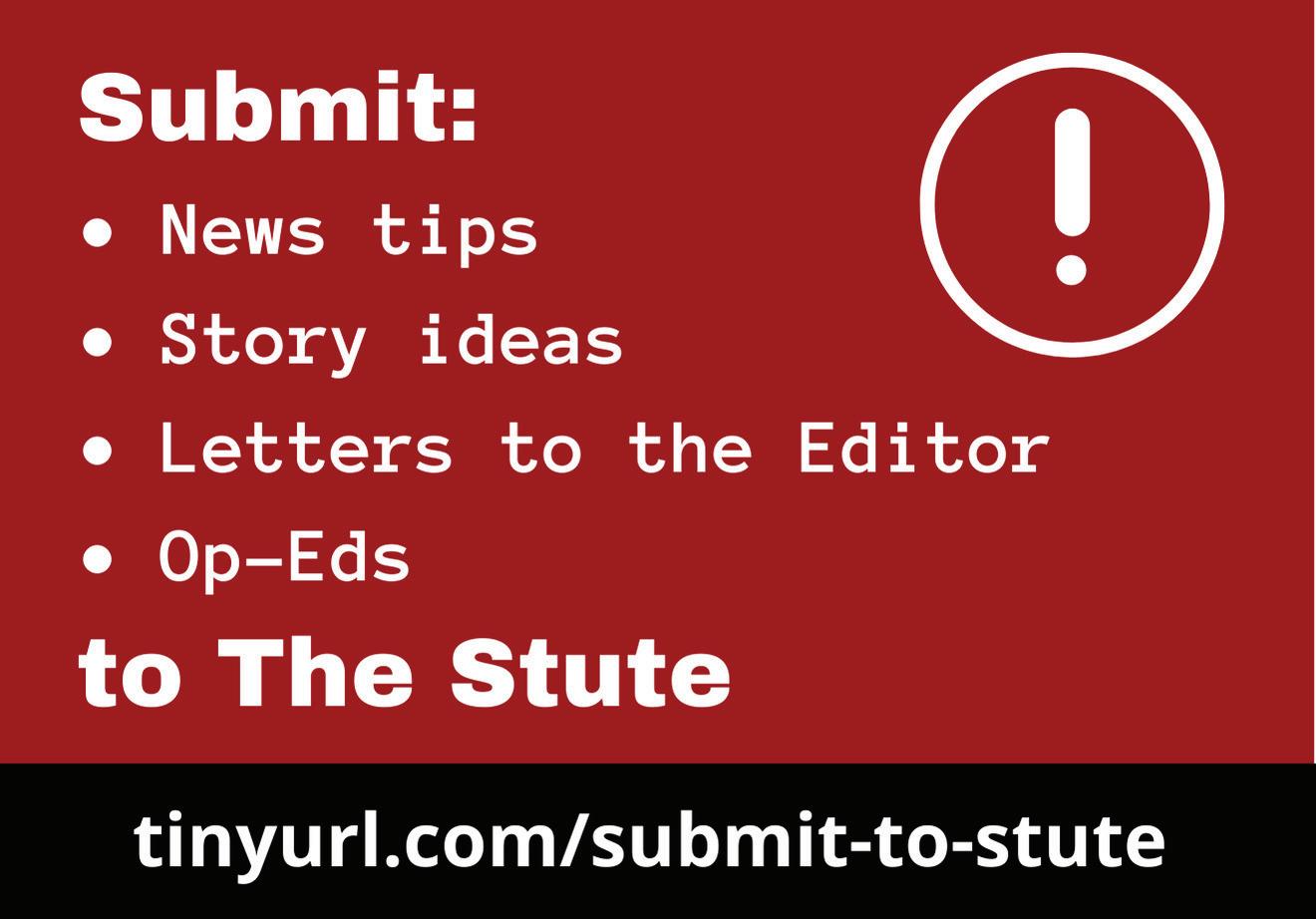
MINOR
CONTINUED FROM PAGE 1
was adopted by the university, administration decided that the annual fairs were no longer necessary for most students. However, after a few years of relying on decentralized advising and Workday, the university noticed some problems with dropping an annual fair.
“[Students] begin taking minor courses without declaring a minor, and then we are not able to track them, and sometimes offer the courses they need on a timely basis,” explained Cavanaugh. She and other campus coordinators decided it would be in the best interest of students to bring back a centralized event to promote and explain minors and their relevance to specific majors.
The Minor Fair will feature representation from every department in the university. Each program will have a table where students can collect information, discuss the minor with an advisor, and learn how to apply to the program through Workday. “If [students] have an existing study plan, it might be a good idea to bring it, so they will know when and if they have space in their schedules to add a minor.”
“Some of the goals we have are for students that know what minor they are interested in [so they can] declare them sooner,” added Senior Associate Registrar Jamie
FEST
CONTINUED FROM PAGE 1
of the evening. One of the notable aspects of this year’s Fall Fest was the decision to hold the event earlier in the day. This adjustment allowed students with evening classes to participate and even encouraged some commuters to stick around. The timing change was positively received, with feedback suggesting that even earlier, with the 3-6 p.m. slot, may increase attendance even more and offer some ease in the logistics of preparing for the event.
The food, as it often is at events,
SES
CONTINUED FROM PAGE 1
ests, and Jared Donnelly, a former SGA Vice President for Academic Affairs, proposed the idea during a Dean’s Advisory Council (DAC) meeting in the fall of 2023. Following internal discussions and feedback from DUSAC, a proposal was outlined and refined over several meetings, with valuable input from Kleschinsky, Donnelly, and others, including current SGA Vice President of Finance, Kevin Pfundstein — a group representing both DUSAC and SGA. The plan received approval for a Fall 2024 rollout.
Currently, eight interdisciplinary RSOs have been “pre-qualified” to apply for funding because they fit the interdisciplinary nature this program is addressing, including:
• National Society of Black Engineers (NSBE)
J-TERM CONTINUED FROM PAGE 1
pend afforded to students. However, there are plenty of scholarships to apply for, which can help alleviate the cost burden of studying in another country. The Gilman Scholarship helps students who qualify for a Federal Pell Grant. While the deadline passed for winter and spring terms, the application for summer 2025 opens in mid-January. Those interested will have to complete two essays to be considered for awards of up to $5,000, depending on financial need and length of program. Applicants may be eligible for additional supplements like the Critical Need Language Award (CNLA), which awards up to $3,000, and the STEM Supplemental Award (STEM), which awards up to
Kriger. “[We want to] better advise them about project course offering needs, educate students on available minors, and inform them about different industry needs.” Kriger explained that the Career Center will also have a table at the Fair that will give students a chance to discuss how various minors will enhance their majors and profes sional opportunities. “Now is the time to talk with us before you reg ister for spring courses!”
port to conclude without broaching what may be the most enticing aspect of the fair. “Did I mention that we will have give-aways and treats?”
For all undergraduates interested in exploring minor programs— or checking out the free treats — the rebooted Minor Fair will be held on October 23 from 3 to 4:30 p.m. on the fourth floor of the tions about the Fair can be directed
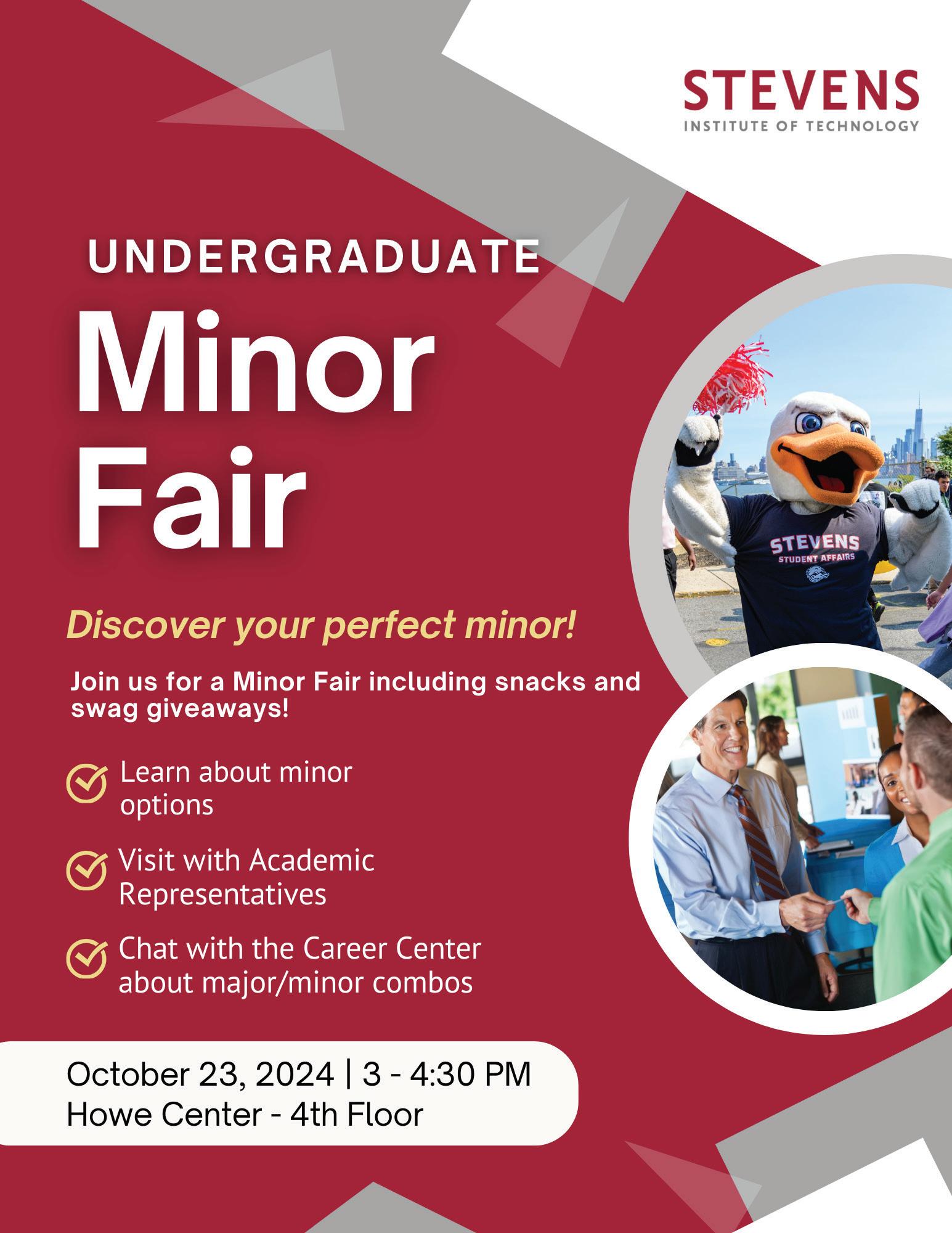
was a hit. The line to enter the food area wrapped around from the middle of Walker lawn over towards the entrance of the Schaefer Athletic and Recreation Center. Representatives from Stevens Catering served trays of food on a near-constant basis for most of the evening.
To summarize the attendance statistics, Fall Fest saw an early surge with about 30 students checking in before the official start time. Between 5 and 6 p.m., 424 students had already entered the gates. The high attendance was a testament to the event’s appeal and reflected the meticulous planning that ensured smooth operations. Notably, raffle baskets were
• Out in Science, Technology, Engineering, and Mathematics (oSTEM)
• Society of Asian Scientists and Engineers (SASE)
• Society of Automotive Engineers (SAE)
• Society of Hispanic Professional Engineers (SHPE)
• Society of Women Engineers (SWE)
• Stevens Robotics Club (SRC)
• Stevens Women in Computer Science (SWiCS)
To be eligible for this funding, RSOs must first receive SGA funding and then apply to a review board of SES administrators that will approve or deny the funding request. While the eight RSOs listed above are pre-recognized, any RSO that falls within SES but not a particular department may apply. Since the program’s launch, four RSOs have applied and received funding for 109 students. Of these, funding for 108 students was approved, highlighting the initiative’s immediate impact.
$1,000. The program providers also have additional scholarships for financial aid. IES lets you know your potential financial aid within five business days, even before you apply. Their deadline for J-Terms is November 1. Meanwhile, TEAN provides the Global Opportunity (GO) Full-Ride Scholarship, which gives a stand-out student a full ride (up to $15,000) to any of their programs. ISA has a similar full-ride scholarship with only one recipient. The deadline for both scholarships is October 30. In particular, IFSA has various options to aid in flight payment. If you applied by October 15, you could win one of ten $1,000 flight vouchers or a $1,000 flight and culture package. Furthermore, if you bring a friend to one of their January term programs, both will receive a $500 cultural grant. IFSA’s J-Term programs have already been pre-ap-
a big hit. The presentation of food, giveaways, and fun activities at a central point on campus fostered even higher attendance. Fall Fest 2024 was a resounding success, bringing together students from across the Stevens community to relax, enjoy, and celebrate the season. The event demonstrated the EC’s commitment to providing memorable experiences for students, with careful planning and thoughtful execution ensuring a seamless return of this beloved tradition. The EC is already looking forward to next year, aiming to build on this year’s success and make Fall Fest even better in the future.
The SES UG Student Group Conference Travel Fund represents a collaborative effort between SES, DUSAC, and the SGA. According to Van Deursen, the program’s success thus far demonstrates the value of having a structured advisory body to bridge communication between students and administration. The initiative also reflects SES’s commitment to creating an inclusive environment where interdisciplinary collaboration is supported and celebrated. The feedback-driven approach that led to the fund’s creation underscores the importance of student advisory boards. As part of the ongoing effort to enhance the student experience, SES will continue to evaluate the program and explore additional ways to support RSOs, ensuring that students have access to the resources they need to excel academically and professionally. With the program’s already positive results, it is expected to continue to evolve and expand in the coming semesters.
proved by Stevens for transfer credit. Furthermore, your available financial aid allocation could change depending on your selected program. Stevens scholarship and aid can’t be applied to study abroad programs, but you could be eligible for federal financial aid to approved study abroad programs. Private loans are another option, and if you already have them, contact your lender to see if they can be applied to study abroad. Studying abroad creates opportunities outside the classroom, both personally and professionally. Many students find this especially true during J-Term because of the fewer crowds and the increased variety of available excursions. It’s a chance to sharpen any student’s confidence, communication skills, and preparedness for life after college.
IBM CONTINUED FROM PAGE 1
op large-scale artificial neural networks for public use. Gil presented a challenge with this, being that more work needs to be put into reducing energy consumption of these networks in order for this to be possible. He made clear as well his belief in making AI as open and diverse as possible and mentioned the AI Alliance, a collaborative network of companies, startups, universities, research institutions, government organizations, and non-profit foundations, that are working to make this possible.
Gil then moved into the final piece, qubits, which make quantum computing possible. A qubit, or quantum bit, is similar to a traditional bit but is able to store and process more information by being able to take on an infinite number of values. Using the entanglement of qubits, a quantum computer
SECRET
CONTINUED FROM PAGE 1
permission to publicly release recordings of their interviews for the book.” However, Woodward and the publisher denied these claims.
Trump, in an interview with Bloomberg Editor-in-Chief John Micklethwait in Chicago this past Tuesday, when asked about the claims stated, “Well, I don’t com-
can manipulate multiple qubits in a single operation. The impact of this can be seen when comparing the time it takes a quantum computer vs. a classical computer to solve specific problems. Gil used an example with factoring 2048 bit integers where the quantum computing cost is around 8 hours while the classical computing cost is about 4.7 billion CPU years. However, he noted that there are instances where the classical cost of computing would be less than quantum computing when simpler operations are being performed. The lecture concluded with a presentation of what IBM is working on with computing. In May 2016, IBM announced the release of the first programmable quantum computer in the cloud made available to members of the public called the IBM Quantum Experience. Then, in January 2019, the IBM Quantum System One was introduced as the world’s first integrated quantum computing system designed for commercial use.
ment on that, but I will tell you that if I did, it’s a smart thing.” He followed this up further by saying, “If I’m friendly with people, if I have a relationship with people, that’s a good thing, not a bad thing, in terms of a country.” Micklethwait pressed him again noting that his comment sounded as if he had been communicating with Putin, but Trump once again said he does not talk about that. To support the notion that he is tough on Russia, Trump commented how he
Gil then touched on what is next in development at IBM. The company is working on quantum-centric supercomputers which will involve large amounts of classic and quantum processors working together in one unified system. Recently, IBM announced the IBM Quantum System Two which is another step towards this goal as it further advances the technology of its predecessor.
The impact in the end could be staggering. Solutions once out of reach may not be much longer. Gil showed that the benefit of quantum computing could vary greatly including helping develop better energy efficient fertilizer, new battery technology, lighter and stronger alloys for planes, better medicine, and more. In the end, Gil left the audience with one final statement. He concluded by asserting that technology in the end is a tool and stated, “We haven’t run out of problems in the world, and we could use some help.”
opposed the Nord Stream 2 pipeline, a natural gas pipeline that connects Germany and Russia and would further Germany’s dependence on Russian oil and gas.
Registration for voting in the November elections in New Jersey has now ended. Early voting is from October 26 to November 3, and in-person voting is November 5.
SPOTLIGHT: Breast cancer research at Stevens
JEREMIAH CHINWENDU, STAFF WRITER
Breast cancer is the second most common form of cancer in women in the U.S. after skin cancer. It is characterized by the uncontrolled growth of tumor cells in the lobules, or milk ducts and often spreads to other parts of the body. According to statistics collected by the American Cancer Society (ACS), incident rates of breast cancer increase by 0.6% each year, and the average woman in the U.S. has a 1 in 8 chance of developing breast cancer at some point in her life, and an estimated 42,250 women will die from breast cancer this year.
Ductal carcinoma in situ (DCIS) is a non-invasive and more treatable form of breast cancer that affects only the milk ducts. This year, roughly 56,500 women will be diagnosed with DCIS, while around 310,720 women will be diagnosed with invasive breast cancer, which spreads beyond the milk ducts into surrounding tissue and can metastasize, affecting nearby organs. In response to these rising numbers, researchers from the Department of Chemistry and Chemical Biology are working with healthcare and cancer research organizations to discover innovative treatments for breast cancer.
netic resonance spectroscopy and mass spectrometry.” More than a dozen of the proteins have been tested in the labs of Memorial Sloan Kettering Cancer Center in New York and at the University of Illinois, and when the developed molecules came in contact with tumors, they were successful in stopping their growth. More work is being done, but these findings have been reported in a study published in the journal ACS Medicinal Chemistry Letters. In another approach, researchers have examined the stiffness and extracellular matrix (ECM) surrounding breast tumors to see how their growth is influenced.
Professor Hongjun Wong, head of the Department of Biomedical Engineering, and his team have expanded on this approach by developing a “proprietary semi-synthetic fiber/gel hybrid material that more closely models the actual environment in which cancer cells grow.” This material can be tuned to mimic stiff cancerous tissue as well as softer healthy tissue and all others around the area. Doctoral Candidate Mary Stack, who works on this project, defends this approach by stating that the team “needed something that was much more like the true extracellular matrix found in humans.”
Attention all bagel lovers! Every bagel you purchase earns you a chance to win a bluetooth speaker! Simply drop your receipt in the raffle box each time you purchase a bagel. The more you get, the better your chances of winning!

Fresh bagels Brought to you by


CANNON CAFE PRESENTS OCTOBER RAFFLE SNACK SWIPE SPECIAL
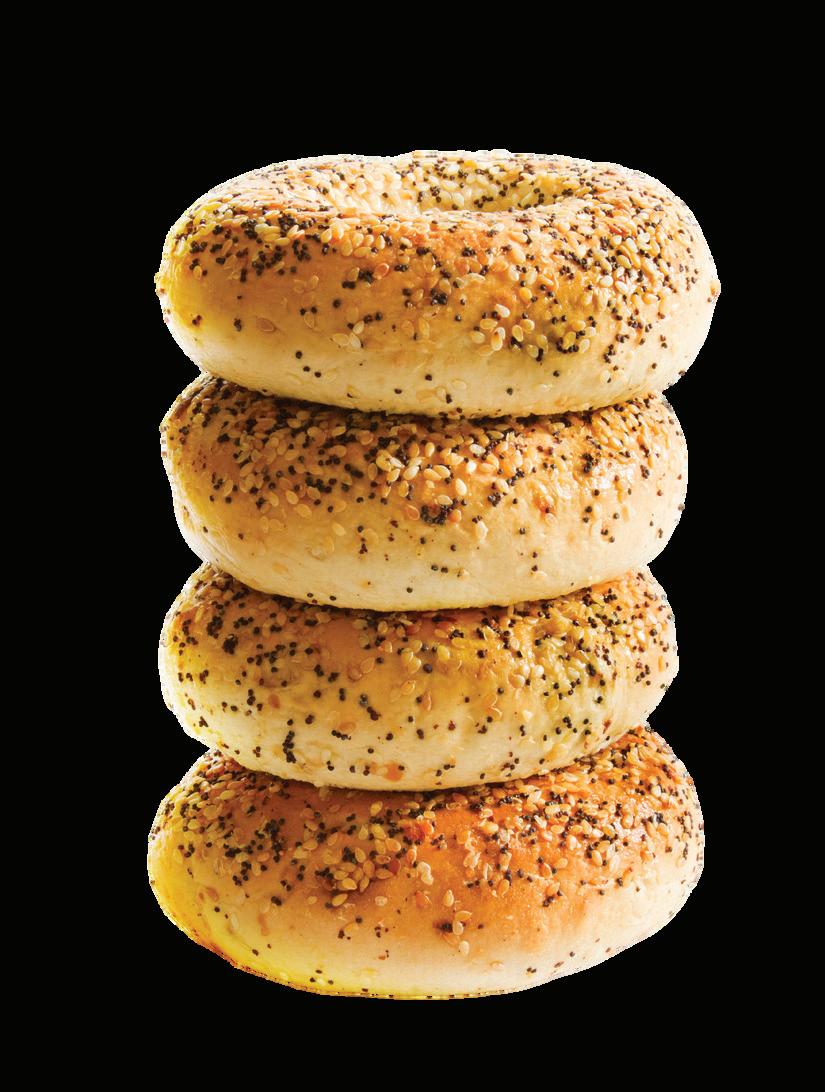
Get into the Halloween spirit with our Candy Snack Swipe Special! Next week at Pierce Dining Hall, grab a spooky selection of your favorite Halloween treats perfect for a sweet pick-me-up! Don’t miss out!
Endocrine-based treatments of breast cancer suppress the hormone estrogen, which tumor cells need to grow. Drugs like tamoxifen “metabolizes into by-products which then bind to estrogen-receptor (ER) cells in breast tissue, out-competing the body’s natural hormones and preventing tumor-cell proliferation,” per an article released by the university. Treatments like this only work on 75% of patients, as tumor cells often grow immunity to these drugs, necessitating more toxic and invasive modes of treatment.
Chemistry professor Abhishek Sharma and his team have designed, developed, and tested a new class of molecules aimed at treating drug-resistant breast cancer. The team attached a bisphenol ligand, an estrogen receptor, to a “series of experimental side-chain compounds (known as degrons) the team hypothesized would hijack the cells’ normal protein-disposal machinery and direct them to break down the estrogen receptors.” Sharma has stated that the structure of these proteins has been tested using “nuclear mag-
The team then cultured two lines of lethal breast cancer cells in this fluid for several days and found that stiffer tissue surrounding a tumor fosters quicker growth while softer tissue slows it down. This level of understanding can be applied to medical interventions, as therapies can be developed to “actively target the properties of the extracellular matrix neighboring a tumor, rather than merely tumors themselves.” Medications can be developed to lessen the stiffness of the ECM of cells as a way of slowing their growth rather than attacking the tumors directly. This research was presented at the Biophysical Society’s annual conference in San Francisco in February, and the team hopes to publish these findings in a scientific journal by the end of this year.
Breast cancer research at Stevens is making large improvements that will impact healthcare for those affected. The innovative studies, which also involve scientists and physicians around the world, find new ways of examining the properties of tumor cells and provide less invasive and less risky modes of treating cancer.
Feature
MIDTERM SEASON
Do these viral TikTok hacks really boost your productivity?
BY JEYLAN JUBRAN, STAFF WRITER
Whether you’re on brain-rot TikTok, StudyTok, BookTok, DramaTok, or some ultra-specific niche side of TikTok, we can all agree that doom scrolling on TikTok is one of the biggest threats to your productivity and focus. What starts as a quick five-minute study break can easily turn into an hour of mindless scrolling.
Today, we are going on the study side of TikTok with its overflowing study hacks, some of which claim to boost your productivity and help you ace your exams. But are these hacks really as effective as they seem? I’ve decided to test out some of the most popular ones to see if they’re legit or just hype. Keep in mind that what worked for me might not work for everyone, but here’s my take on these viral study methods.
First up is the classic Pomodoro Technique, which involves studying for 25 minutes and then taking a 5-minute break. After four cycles, you take a longer break (1530 minutes). This method promises to help you avoid burnout while staying productive. I gave this a try during a heavy study session for my Circuits and Systems class, and I have to admit, it worked pretty well. The short breaks helped me reset, and I didn’t feel as over-
whelmed by the amount of work I had to get through. The small sessions also made the workload feel more manageable. If you struggle with staying focused for long periods, this hack might be perfect for you.
The second one is Active Recall and Spaced Repetition, the TikTok favorite. Active recall involves testing yourself on the material, while spaced repetition is the practice of reviewing information at increasing intervals to help retain it longer. I tested this while studying for an upcoming Microeconomics exam. I would read a section, close my book, and try to recall everything I had just learned. I also used a flashcard app, Anki, to space out when I’d review certain terms. It took a little longer to get through the material, but by the end of the week, I retained much more information. It’s a more time-consuming process, but for long-term memory retention, this hack is gold.
Now, since we are an engineering school, it only seems fitting to talk about the Feynman technique. Named after physicist Richard Feynman, this method encourages you to teach a concept in simple terms as if explaining it to a child. The idea is that if you can explain something simply, you truly understand it. I tried this out while reviewing physics. After reading
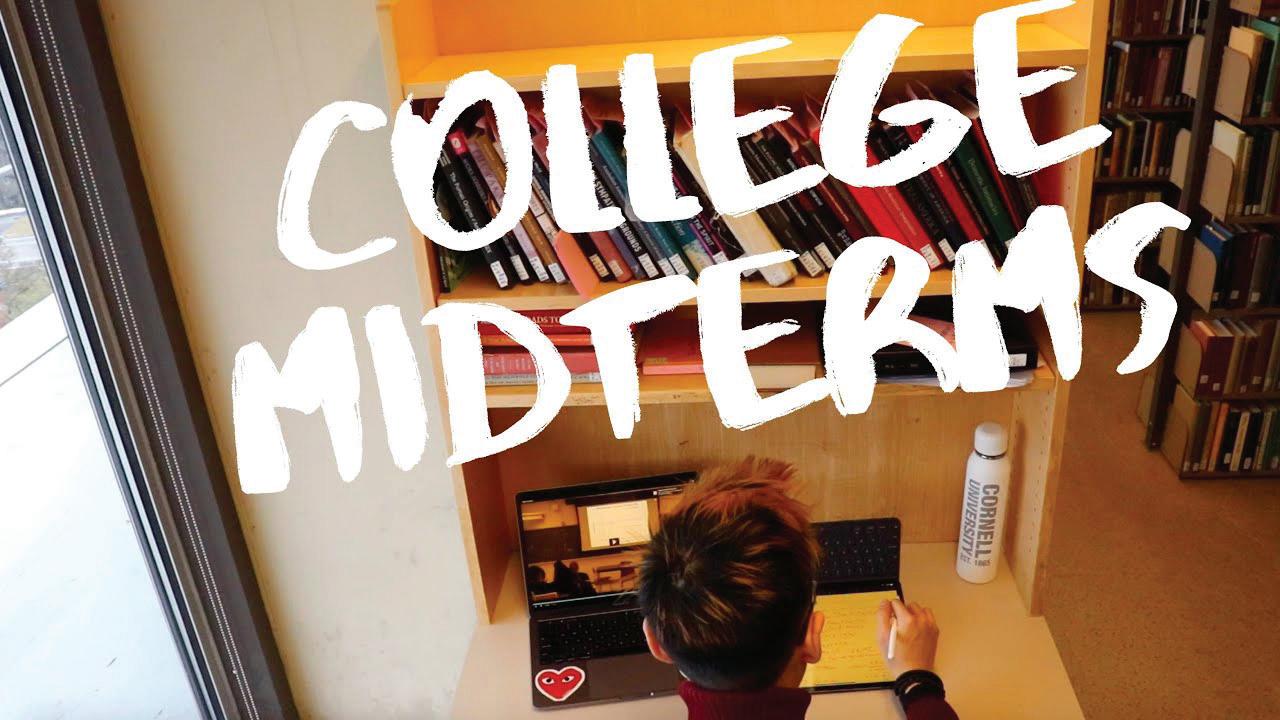
BY ADVAIT DANTULURI, STAFF WRITER
It’s that time of the semester again (or for first-years, your first time), midterms are around the corner, and everybody’s goosebumps are rising, like the cost of living. Students are wondering how they can study for midterms and ensure they can get a good grade. If you’re wondering what to do, where to go, and who to go to, don’t worry — there are many resources available to you to ease your mind so you can worry less about midterms.
One of the best places to go on campus for midterm help is the Academic Support Center. It is run by Julia Aitchison, the Associate Director of the Academic Support Center, and is located on the 9th floor of the Howe Center. The Academic Support Center is available to help students with questions about their coursework and to help them review any information that may be needed in tests or other future assignments. For a more personalized approach, the Academic Support Center runs its Request A Tutor program, where you can request up to four courses to be tutored individually or in a small group by an upperclassman or graduate student who previously did well in the course. The Drop-In Tutoring Center, located in Sam’s Place on the first floor of the Samuel C. Williams Library also has student tutors available on a rotating schedule. You can check the Academic Support Center Stevens Hub Site to see hours and the schedule, including which students can help with which courses. For first-year students, First Year Quiz Reviews are typically hosted one to two days before a quiz throughout the semester, where you can prepare for
through a particularly tricky concept, I attempted to teach it to my roommate. This forced me to break it down step by step and identify areas where I was still confused. It turns out that teaching something is a pretty powerful way to solidify your understanding. Highly recommend it!
One technique I found helpful, especially for those with ADHD, is body doubling. Body doubling involves studying or working alongside another person — not yapping, just working (it’s important to distinguish between the two). If you’re someone who gets easily distracted or can only focus under pressure, this might be the hack for you.
If you prefer studying alone or don’t trust your friends to stay focused, there are “study with me” channels and apps designed to motivate you to keep studying. My personal favorite is LifeAt, an app that features a virtual study partner, a to-do list, a Pomodoro timer, and more, making it a great all-in-one study hub. I tested this by studying with a friend (again, no yapping), and I was able to get more done than I would have on my own. Seeing her focus made me want to concentrate even harder. The science behind this is the idea that “everything’s better together.”
The most bizarre study hack I’ve come across is the “scribble
method.” Here’s how it works: while studying, grab a piece of paper and a pen, and with your non-dominant hand, start doodling while listening to the material you’re trying to learn. When I first saw this, I thought, there’s no way. How could drawing random doodles help me retain information? Naturally, I had to put it to the test with one of the most dreaded subjects at Stevens: Differential Equations.
This method is meant to help people who get distracted easily, but for me, it was more distracting than helpful. Maybe it works better for more visual learners, but it’s not one I’ll be revisiting anytime soon.
And finally, I hate to burst your bubble, but the gum method does not work. The idea is that
chewing the same type of gum while studying and during an exam helps trigger your memory.
However, multiple studies, including one from the National Library of Medicine, have concluded the same thing — it doesn’t work. TikTok offers a wide variety of study hacks, and while some, like the Pomodoro Technique and Active Recall, genuinely help with productivity and focus, others, like the scribble and gum methods, seem to be more hype than helpful. The key is to experiment and find out what works best for you! Different hacks suit different learning styles, so don’t be afraid to try them out and adapt them to your own study routine. Ultimately, the best study technique is the one that helps you stay focused and consistently improve your knowledge.
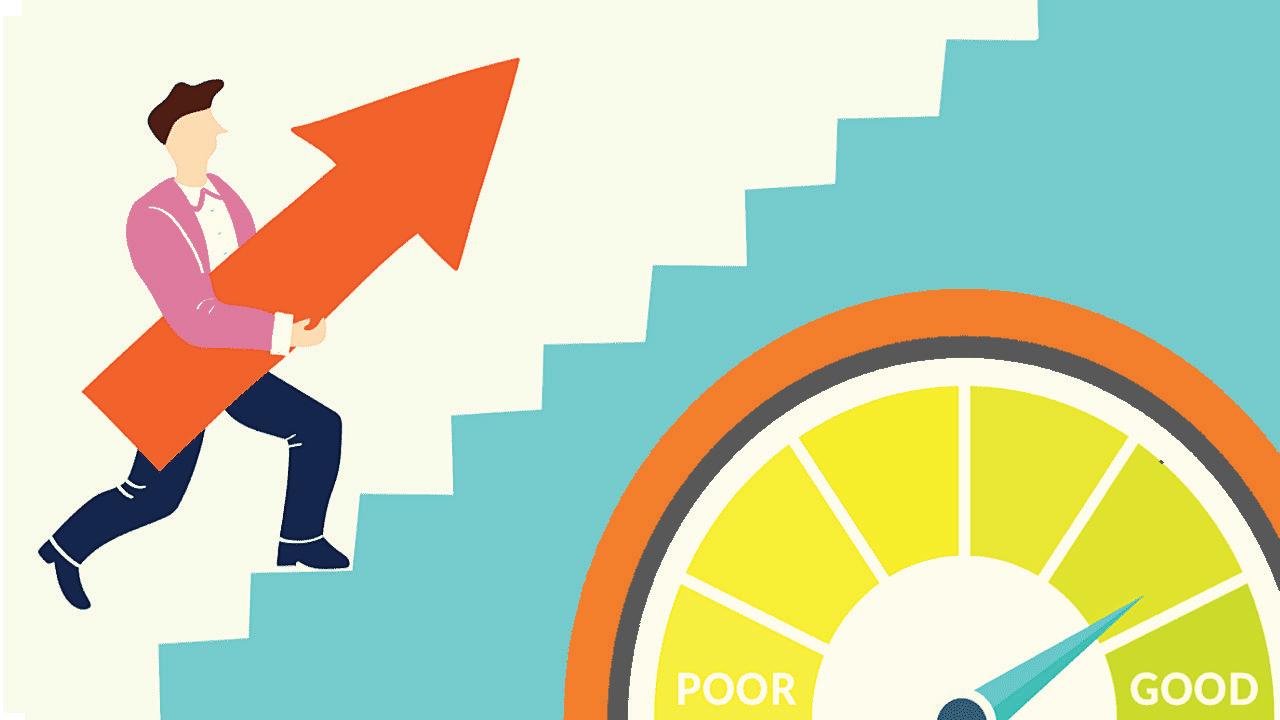
Ranking exam lock in locations
BY TASHA KHOSLA, OPINION EDITOR
As midterms approach, it can feel increasingly difficult to find a place to “lock in” (i.e., focus) to study for every exam or work on every project. Sometimes, a change of scenery is what it takes to regain focus when you’re feel
ing “locked out.” As someone who is almost always on campus, I have created and ranked a list of the top five locations to lock in on and near campus.
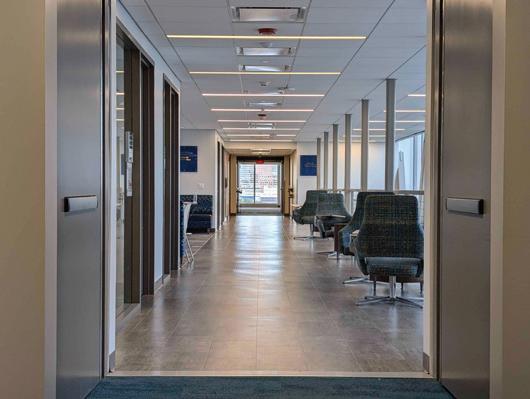
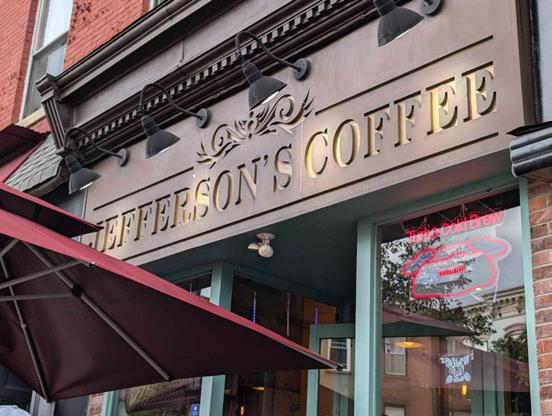
quizzes using practice problems in a group setting. These review sessions are hosted for MA 121, MA 122, BME 312, CH 115, PEP 111S, and PEP 112S. Finally, there are Academic Success Workshops where you can set goals, manage your time, and create study skills to help prepare you for exams. The nex workshop is titled “Learning to Learn: Study Smarter, Not Harder” and will be on Wednesday, November 13 from 3 p.m. to 4 p.m. in Gateway North 213. In addition to the formal resources available to you, here’s a list of practical suggestions to help you prepare for exams and manage your coursework effectively. First, consider creating a study schedule. This will allow you to allocate time for exam preparation while balancing other commitments, such as extracurricular activities and campus jobs. Additionally, don’t forget to take breaks. While studying is crucial, pushing yourself too hard can lead to stress and negatively impact your mental health. Giving your mind a chance to relax will ultimately enhance your ability to study effectively. Collaborating with friends is another helpful strategy. Working together enables you to share ideas and support one another, making it easier to grasp challenging concepts. Finally, aim to study consistently. Cramming or studying sporadically can diminish your stamina and retention of information. Regular study sessions will help you absorb new material while reinforcing what you’ve already learned. By utilizing the resources at the Academic Support Center and following these study tips, you can reduce stress and approach your midterm exams and projects with greater confidence.
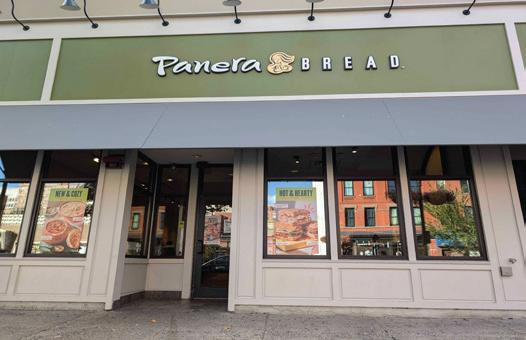
Located on Washington Street, Panera is close to campus and has indoor seating options and free Wi-Fi available to customers. If you feel hungry while you’re locking in, you can order a meal or a snack to have while you work.
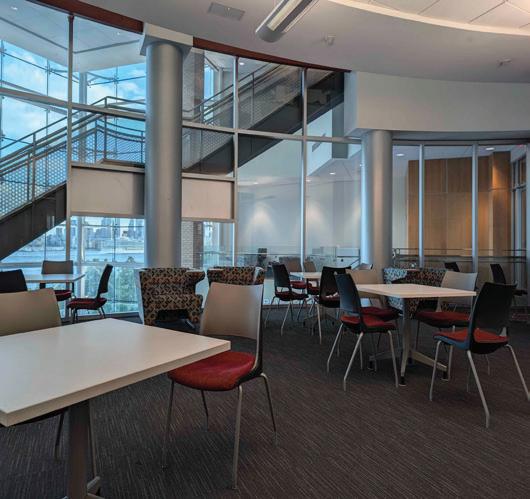
Babbio offers a picturesque view and a variety of spaces to lock in. If you are someone who prefers to sit outside while you work, Babbio Patio is the perfect option. If you prefer to study indoors, Babbio offers multiple lounges that are available for student use. The second-floor lounge is very popular and can be a good place to meet up with friends and work together. If you would prefer something quieter, there are also individual desks available in the area where you can work. Additionally, other floors of Babbio have lounges and desks that are free for anyone to use.
The UCC provides many study spaces to take advantage of. Starting off with the Marketplace, students can grab a meal from the dining locations located in this area and sit down at any of the tables to work while they eat.
Going down a floor to the area outside of Tech Flex and the gym, there are couches and tables available to sit down and lock in. Generally, if there isn’t an event in Tech Flex, this area is pretty quiet, leaving you able to lock in and complete your study goals. The view from the windows is also nice to enjoy while you work.
Moving on to the residential area of the UCC, the Skybridge is an excellent place to lock in. This area has study rooms with whiteboards, seating on both the third and fourth floors, and amenities such as a public restroom, vending machines, and a water fountain.
Jefferson’s Coffee has locations both on Washington Street and Madison Street, making it more accessible to those who live in different parts of Hoboken. The Washington Street location in particular is very close to campus, making it a good place to visit right after classes end or a good meeting place if you are studying with friends.
This café has seating available and has numerous food and beverage items. Furthermore, Jefferson’s has inclusive options as well for those with allergies and intolerances. Their menu features alternative milk options such as oat and almond milk and gluten-free pastries. The shop’s inclusivity contributes to it being a great place to meet up with friends and classmates. And, if you are someone who loves a good sweet treat when they work, there are definitely lots of choices available.
1. The Library
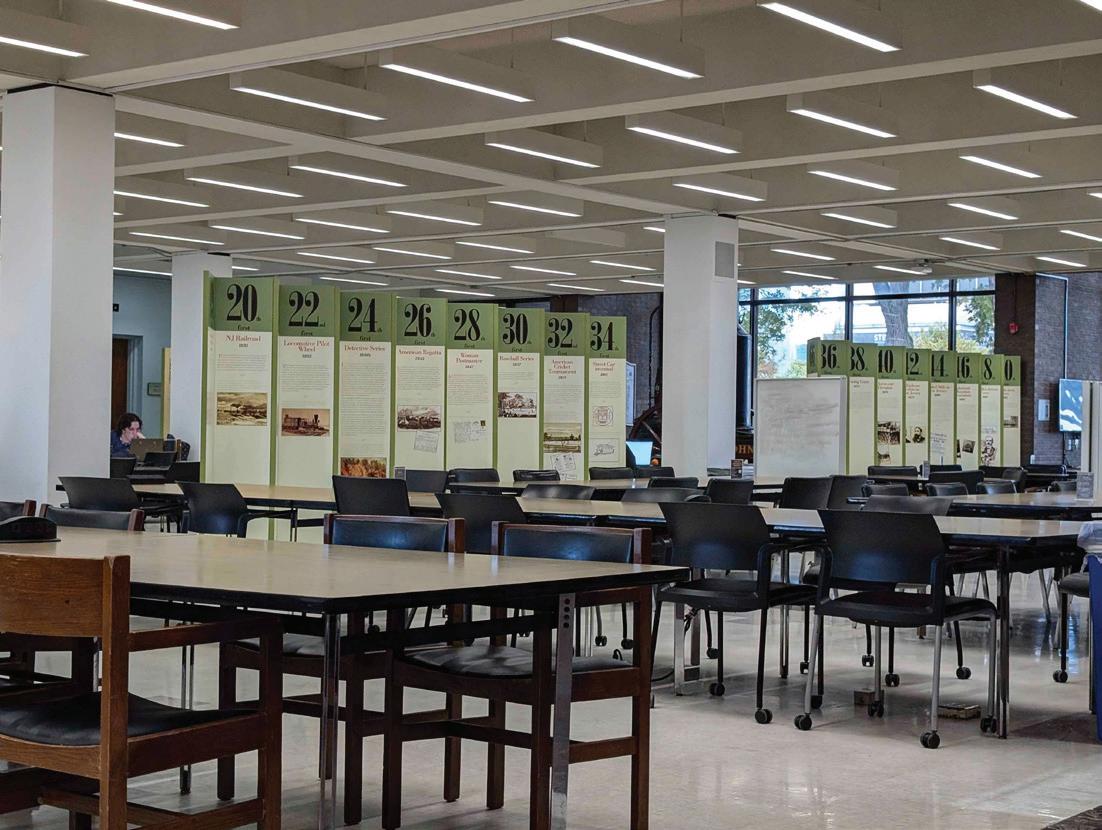
Of course, the library is the place to go during midterms. The first floor is a great meeting place for group projects, especially since the tables have plenty of room to spread out. The tutoring center is also located on the first floor, and students can take advantage of the drop-in tutoring sessions that are available. The second floor is perfect for any group projects or group study sessions. There are plenty of seating options, whiteboards available for use, and study spaces available via reservation. The third floor of the library
is also a good option, especially if you want somewhere quiet to study. While the first and second floors feel more lively, it can feel difficult to drown out the chatter and focus on the task at hand. The third floor offers a silent space for any student to lock in and complete their work.
Although locking in can be a struggle, the campus has so many locations available to do your work. While these were some of my top locations, there are definitely other places on or near campus to work at. Happy studying and good luck with midterms!
5. Panera Bread
4. Babbio
2. Jefferson’s Coffee
3. UCC
PHOTO COURTESY OF MAKERS24.COM
PHOTO COURTESY OF YOUTUBE
Women’s Volleyball clears FDU-Florham and Stevenson
BY CAMRYN WINANT SPORTS WRITER
On October 9 and 12, the women’s volleyball team went up against FDU-Florham and Stevenson University, respectively.
The Ducks swept both teams with a score of 3-0, continuing their MAC Freedom play against the Devils, and non-conference play against the Mustangs.
The win against FDU-Florham improved Stevens to 13-4 for the season, with a 3-0 record in MAC Freedom play, while the Devils fell to a 9-10 record for the season.
A 5-4 lead by FDU-Florham in the first set was quickly overtaken by a pair of kills made by graduate student Meg Dion. Following her lead, senior Parker Adkins scored four straight points, ending with an ace. After a forced Devils’ timeout, both Dion and first-year Sarah Bolduc scored two points, improving the Ducks’ lead to 6. The set ended with two kills from junior Vivian Lisboa and one from senior Cleo Shannon, ending the first set with a score of 25-16. The second set opened with a pair of kills from Lisboa, leading Stevens to a 5-1 advantage early in the set. Kills from Shannon and Bolduc and two aces served by junior Paulina Miller gave the Ducks a seven-point advantage and forced another Devils’ timeout. For the rest of the set, the Ducks thrived, with four kills from Dion, one from Bolduc,
Lisboa, Shannon, and graduate student Elle Maggio. The Ducks kept the Devils from closing the gap, ending the second set with a score of 25-15. Yet again, the Ducks grabbed an early lead in the third set, with Bolduc adding five points to Stevens’ nine. Kills by Shannon, Maggio, and sophomores Kileen McNeill and Liz Pederson gave the Ducks a sizable advantage over the Devils. The set was closed out with points scored by junior Mallory Eder and firstyear Alexa Brucculeri, ending the set with a score of 25-12 and the match with a score of 3-0.
The first set against Steven-
son opens with the Ducks falling behind but kills from Dion and Adkins give them the lead again. After trading points back and forth, there were kills from sophomore Molly Harris and Shannon, capped off by a service ace by senior Bailey Axelrad. The first set ended at 25-13 in favor of Stevens. The Ducks were on a hot streak coming into the second set, with a pair of kills from Adkins and one point by Dion and Shannon. Despite the Mustangs fighting back, two kills from Maggio and one from Dion and Shannon widened the Ducks’ lead to six. The set ended with three kills by
Dion, followed by Adkins with two points, ending with a score of 25-16. The Mustangs came back stronger in the third set, leading in the early stages, but four Stevenson errors gave the Ducks the lead. Four more Mustang errors, three kills from Bolduc, and one each from Lisboa and Pederson closed out the set with a score of 25-16 in favor of the Ducks. The match ended 3-0, improving Stevens to a 14-4 overall record for the season.
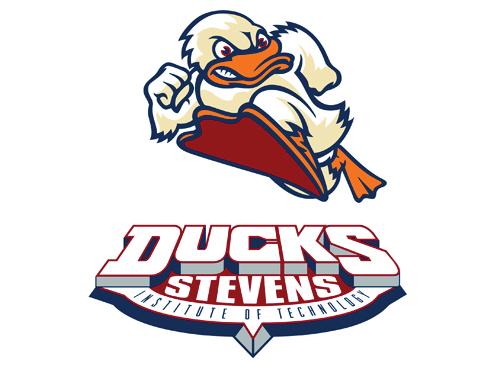
The Ducks will be seen again at home on October 18 to go up against Marymount University at 6 p.m.
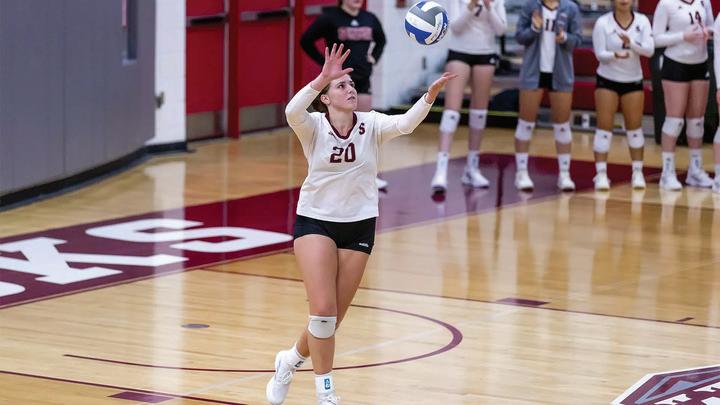
Catching up with club sports
BY ABBY JACOBS, DIGITAL MANAGER
The beginning of the fall ath letic season at Stevens not only excites athletes on our 23 varsity sports teams, but those in numerous club and intramural sports as well. Stevens Recreation currently has six active and competing club sports who have all begun their fall seasons, with much to look forward to.
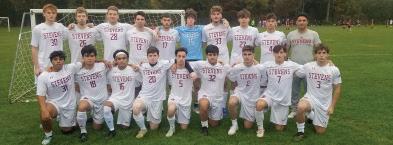
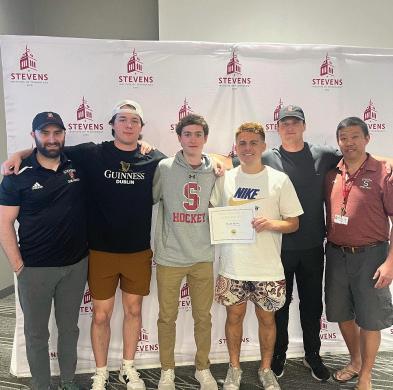
Stevens Ice Hockey began its season with a switch to the Empire Collegiate Hockey Association of the American Athletic Union. The team is deep into its season and currently at a 1-3-1 record. Notably, their match against Fairfield University was on Friday, September 27. This match served not only as the Empire Conference opener for the team but also finished at a final score of 4-3, their first win of the season. The team is potentially looking forward to a rescheduled match against Stockton University following poor ice conditions on October 6.
Men’s Soccer has taken on the most opponents thus far into the season and is currently standing at a record of 3-4. Their most recent loss against Hofstra proved the most devastating; if they had won, they would have qualified for the postseason. Their final game of the season will be tonight at 8:30 p.m. versus Seton Hall University. President and Captain senior Matias Lopez Carrete noted that he “really enjoyed this season” and they had “a really great group of guys with a lot of young talent,” which makes him optimistic for the future of the team.
GOLF
Cangero Invitational–
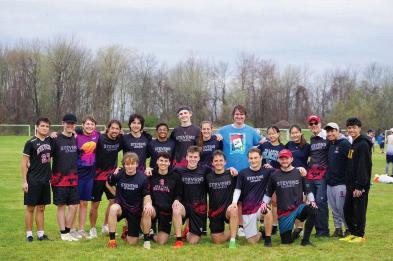

Stevens Crew began their season on Sunday, September 22, when they traveled to Albany, NY, to compete in the Head of the Hudson Regatta. There, they clinched second place with a time of 1:21.54 in the 3.2k Men’s Collegiate 8+ Final. Two weeks later, they took on the Poughkeepsie Regatta, though due to high winds, the race was concluded just halfway through. The team finished their season on October 13 at Head of the Passaic in Lyndhurst, NJ, where in the Men’s Four, they finished first with a time of 17:48.84.
Frisbee Stevens Ultimate began their season on Saturday, October 5, when they attended Hofstra University and took on three teams, including Hofstra, Hofstra Alum, and Stony Brook. Despite the three losses they took, Captain Will Hines maintains his excitement for the rest of the season as he’s confident that “[their] stock only goes up” and “the sky is the limit.” The team will be competing in two more tournaments this season but is particularly excited about their very first home scrimmage, which will be hosted on DeBaun Field on Saturday, October 26, at 2 p.m.
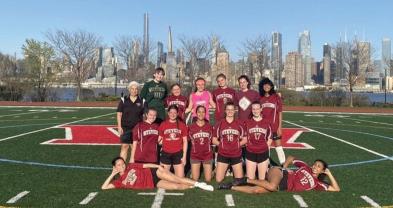
Women’s Soccer is just one game into their fall season, having taken on Hofstra University on Sunday, October 6. By halftime, the Ducks were down 0-1 but managed to set a final score of 1-1 during the second, taking advantage of a foul and subsequent free kick.
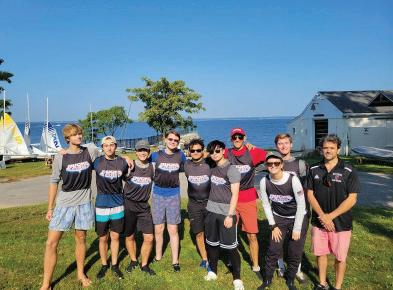
The Stevens Sailing Team began their season on Saturday, September 14, at the Coho Memorial Regatta where in the first half, they placed in the top two in both the A and B divisions, overall placing third out of five teams. This was followed by the Stony Brook Fall Open Regatta on Saturday, October 5, and Sunday, October 6 where notable race results included first, second, and fourth.
Visit stevensrec.com or follow @stevenscampusrec on Instagram to learn more about club sports!
Photos courtesy of @stevensrowing @stevensicehockey @stevenswclubsoccer @sit.soccer @stevens.ultimate @stevenssailing on Instagram
STEVENS SCOREBOARD
WED, OCT 23
MEN’S SOCCER Arcadia University Glenside, PA 4 p.m.
FIELD HOCKEY Arcadia University Glenside, PA 7 p.m.
WOMEN’S VOLLEYBALL DeSales University Hoboken, NJ 7 p.m.
PHOTO COURTESY OF STEVENSDUCKS.COM (SHOT BY MIKE MCLAUGHLIN)
Crew
Ice Hockey
Women’s Club Soccer
Men’s Club Soccer
Ultimate
Brain-controlled bionic limbs are becoming a reality
BY JEREMIAH CHINWENDU, STAFF WRITER
When someone loses a limb, it is very difficult for them to live their life the same way. There are a number of lifestyle changes that need to be made in order to make up for the loss of function and mobility of their natural limbs. Lower-leg amputees face unique challenges, from limited movement to reliance on prosthetic limbs that may not offer the same flexibility and comfort as a natural leg. Traditional prosthetics, while capable of restoring some functionality, often result in stiff, unnatural movements. The need for better solutions has driven research into brain-linked prosthetics, which provide more dynamic, intuitive movement. These innovations allow amputees to regain their movement and improve their quality of life.
Recent advancements in brain-linked prosthetics have introduced a breakthrough approach that leverages the body’s own nervous system. A study conducted at the Massachusetts Institute of Technology (MIT) and published in Nature Med -
icine details how these prosthetics are connected to neural pathways, enabling amputees to control the prosthetic limb with their thoughts, much like they would with a biological leg. This study showed that neural-linked prosthetics significantly improve gait and movement, allowing amputees to walk more fluidly. Users were able to walk in a more natural manner, climbing stairs and navigating obstacles with greater ease than with traditional prosthetics.
Dr. Hugh Herr, co-senior author of the study and double amputee, helped develop a surgical procedure called agonistic-antagonistic myoneural interface (AMI) in which nerve endings from healthy muscle are attached to computer chips that translate muscle activity into movement of the limbs. To test the effectiveness of this technique, researchers “compared seven people who had the AMI surgery with seven who had traditional below-theknee amputations,” writes Anne Trafton of MIT News. Those who had obtained the AMI surgery had much better gait and movement control than those who underwent traditional prosthet -
Are satellite collisions now inevitable?
BY ERIN MCGEE, SCIENCE WRITER
Looking up at the sky on a clear night (likely not in Hoboken), there’s a chance you will be greeted by a strange sight: a long, glowing, perfectly straight line of lights filling the sky. No, it’s not an alien invasion; it’s SpaceX’s Starlink constellation. While the line of more than 7,000 satellites in low Earth orbit might seem like an unwavering symbol of human achievement, the Starlink satellites actually do have to physically readjust a great deal. In fact, since the first satellites were launched in 2019, Starlink satellites have been forced to perform collision avoidance maneuvers with other satellites some 50,000 times.
However, Starlink is not the only culprit of this rising occurrence. Our space is crowded. Currently, there are more than 13,000 satellites in orbit, with about 10,000 of those being functioning. These satellites range from scientific experiments, to GPS systems, to communications, to your satellite TV. With the increase in objects in low orbit around Earth, however, comes with it the threat that those objects will collide.
Satellite collisions have become an inevitable catastrophe, according to experts. One professor of astronomy pointed out that as the problem of satellite danger slowly increases, we may not be able to do anything until it is too late. And as one astrophysicist at the Harvard-Smithsonian Center for Astrophysics, Dr. Jonathan McDowell, put it: “we are operating on the edge of what is safe.”
Some crashes have already taken place. In 2009, the working US satellite Iridium 33 crashed into the Russian satellite Cosmos 2251, which was inoperable and non maneuverable. Scientists estimate that this crash created
more than 2,000 pieces of smaller debris that is now orbiting Earth.
The potential threats from such a crash are immense. Temporary satellite outages caused by collisions could affect GPS and airplane communications, which could have unbelievable consequences. Collisions also give rise to other collisions, as hypothesized by astrophysicist Donald Kessler in 1990. His infamous ‘Kessler effect’ points out that as more debris collects in low Earth orbit, there is a higher chance that debris will collide, creating more debris, and the cycle continues. So far this has proved to be true, as NASA estimates there are 23,000 pieces of debris larger than a baseball orbiting Earth. Collisions also fill the atmosphere with aluminum and nitrous oxide, adding to the environmental hazard. On top of all of this, the increase of satellites and debris has begun to hurt the ability of astronomers to make observations from Earth.
There are some potential solutions to this problem. The aforementioned Starlink satellites perform a maneuver if the probability of a crash is calculated to be 1/100,000, which can help to avoid collisions. This solution, however, does nothing for the decommissioned or non-ma neuverable satellites and space debris already in orbit. Groups like NASA have put forward the suggestion all future satellites be maneuverable and recoverable, as well as developing plans for the recycling of small space de bris. These solutions could also involve controlled deorbiting of debris in order to reduce the risk of further collisions, allowing it to burn up in the atmosphere.
As the space industry contin ues to grow, it is inevitable that satellite collisions will as well, prompting scientists and policy makers alike to address this as tronomical issue.
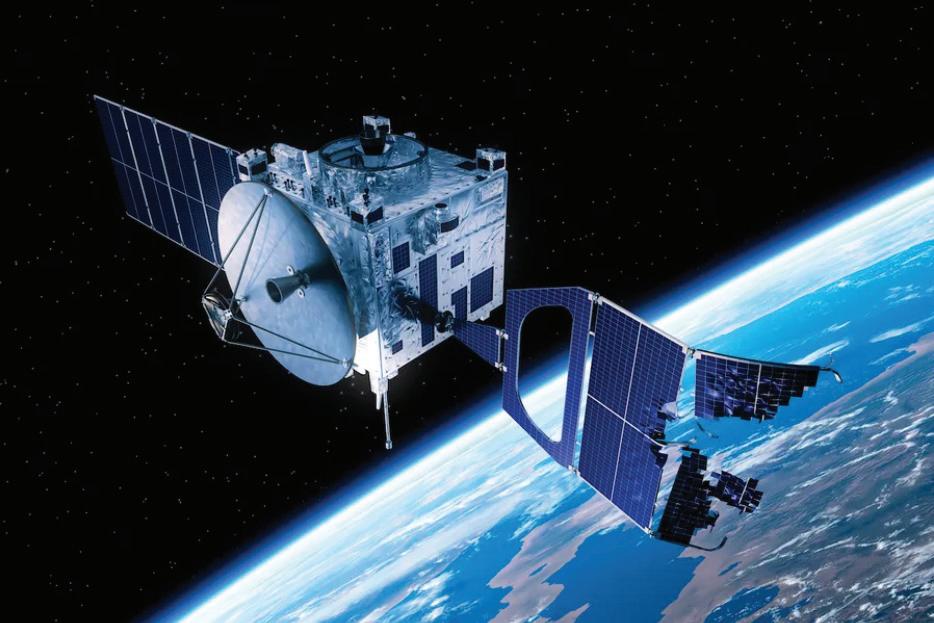
ic operations. These promising results prove the validity of AMI. AMI requires two surgical procedures. The first procedure happens during the amputation itself or later. Doctors preserve and reattach remnants of calf and shin muscles, which enables the prosthetic to move more dynamically. The severed nerves are rerouted to the healthy muscle tissue, allowing brain signals to be sent to the leg and, therefore, the prosthetic. The next step is to attach surface electrodes to the nerve endings of the remaining muscle to “measure nerve activity from the brain to the calf and shin muscles, indicating an intention to move the lower leg,” says Sarah Ward of MIT Technology Review. A small computer in the bionic leg “decodes those nerve signals and moves the leg accordingly, allowing the patient to move the limb more naturally.” After this step is completed, the brain is fully connected to the bionic limb.
One of the key advantages of neural-linked prosthetics is their ability to restore proprioception, the body’s awareness of the position and movement of its parts. Traditional pros -
thetics often leave users without this sense, leading to unbalanced movements and additional strain on other parts of the body. Brain-controlled prosthetics send feedback from the limb to the brain, allowing the user to adjust their movement in real time. This feedback loop mimics the natural communication between the brain and biological limbs, providing users with greater control and comfort. This technology allows for fast, smooth communication between the brain and the prosthetic, allowing for
movement better aligned with intentions that avoid the physical complications and discomfort of traditional prosthetic limbs. The participants of this study who received the AMI procedure noticed great improvement in their walking and regained a sense of normalcy and independence that they lost when they initially lost their legs. There are already 60 individuals who have had this procedure done and further development hopes to make similar improvements to prosthetic arms in the future.
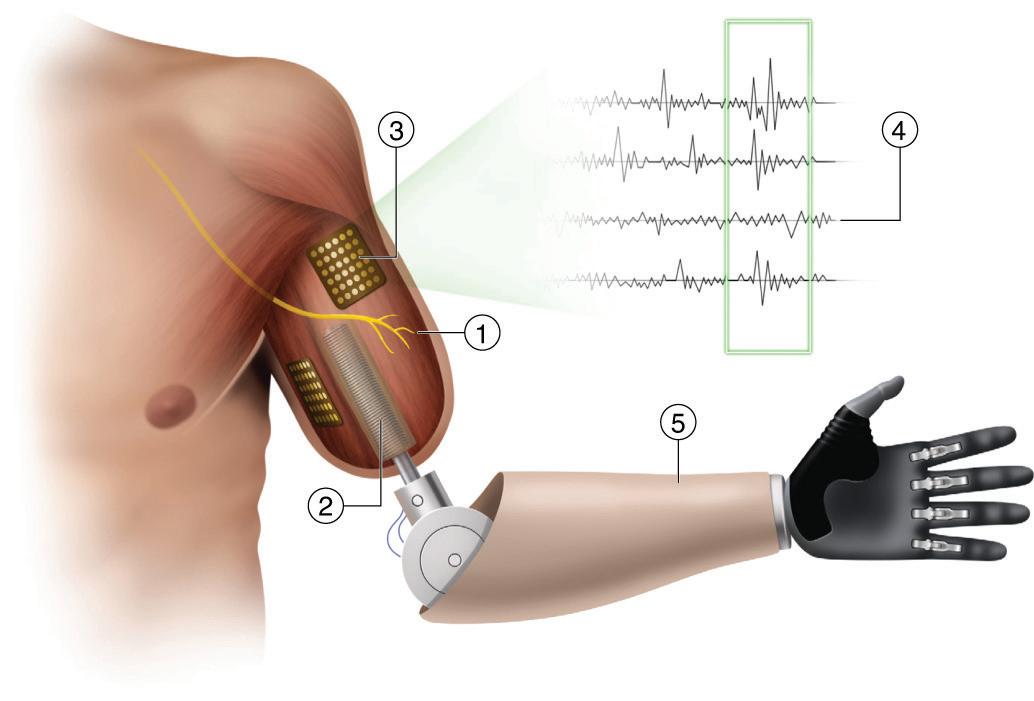
How going meatless can benefit our planet
BY AMELIE DELA CRUZ, CONTRIBUTER
For many reasons, meat production and consumption are deeply unsustainable for the planet. When it comes to its resource usage and degradation, carbon emissions, and more, the meat industry is hurting the environment. However, with small lifestyle changes and more conscious choices, everyone can have a positive impact. Deforestation must occur in many cases to make space in order to acquire farmland. It has been found that one-third of Earth’s forests have been destroyed to be used for agriculture. The farmland required to raise animals and grow crops to feed them is immense. In fact, half of the habitable land on Earth is used for agriculture, with most of that space being used for grazing animals, according to the United Nations Food and Agriculture Organization. The other agricultural space is used to grow crops, half of which is eaten by the animals.
The way that the farmland is used also has negative effects on the environment. By 2050, it’s even posited that “soil erosion
could cause a loss of 75 billion tons of soil,” according to UN researchers. This is due to planting the same crops in the same soil with no variety, which can lead to diseases. Additionally, the meat industry is largely inefficient when it comes to resource usage. Producing just one pound of beef can use up to 2,400 gallons of water between the animal itself and the crops that it eats. The greenhouse gas or carbon emissions related to the meat industry are also detrimental. In short, greenhouse gases like carbon dioxide trap heat in the atmosphere, which is why the production of them is such a large problem. The estimated carbon footprint of “livestock farming contributes 18% of human produced greenhouse gas emissions worldwide,” according to researchers Francis Vergunst and Julian Savulescu. These emissions are due to a number of processes, but in the realm of livestock farming, animals will release methane as they digest.
Methane is an incredibly potent greenhouse gas that can trap 100 times as much heat as carbon dioxide, according to climate writer Blisse Kong. This natural process is amplified when large amounts
of animals are in one cramped area compared to fewer animals spread over a greater area. On a larger scale, the industrial side of meat production causes plenty of problems. Factories and machines used to grow crops, feed livestock, and eventually kill them for meat add to the carbon emissions that ultimately negatively impact the environment. Thankfully, Stevens has one notable initiative to reduce meat consumption: Meatless Mondays. In the dining hall, each of the main entrees is plant-based or generally not made with meat. Meatless Monday is a popular action taken to reduce meat consumption for dietary and sustainability reasons. It provides some of the benefits of a vegetarian diet without the same level of commitment. Experts have stated that reducing meat consumption is a necessary step to having a sustainable diet. However, eating sustainably doesn’t have to mean quitting some of your favorite foods, such as cold turkey. There are plenty of options beyond vegetarian and vegan in which you can be more environmentally-friendly, so small steps not only count but they matter towards a greener future.
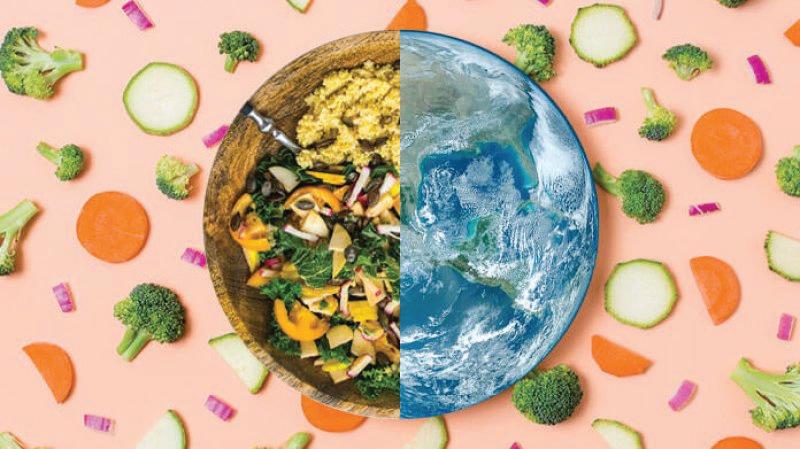
MIND OF A FRESHMAN
My newest obsession
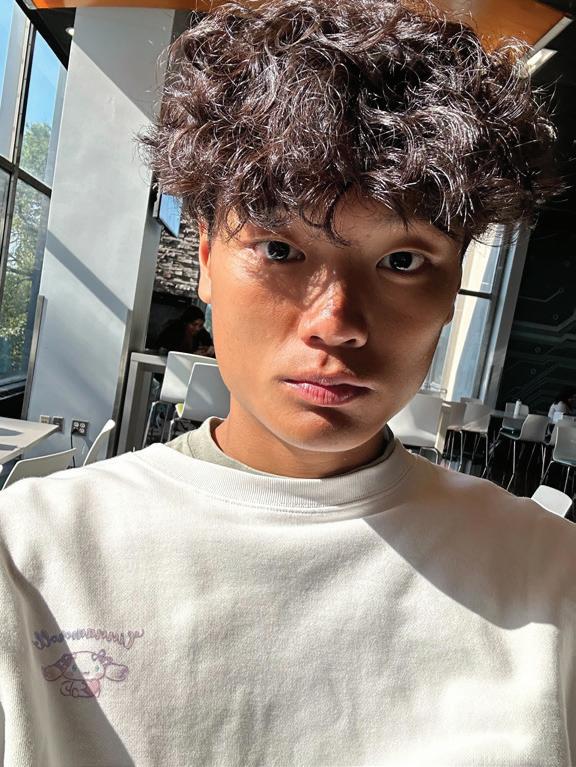
Since then I have reached the new amazing idea of what I recently discovered. While it is not a new concept, blind boxes have recently been added to my list of “dumb
SENIORITIS
things to spend my money on.”
I have always been an avid enjoyer of the gotcha game genre, starting from the mobile game Brave Frontier and, most recently, Honkai Starrail. This being said I have also never been one to contribute to the pay-to-win aspect of these games. I was more of a grinder who played for hours on end just to receive the chance of satisfaction when pulling a five-star. Now, with the new rave of blind boxes, I was tempted by the chance of getting that satisfaction from a real-life object rather than a picture made of pixels. However, as said before, I was never one to spend
money on these games, so, as expected, I spent a long time without spending any money on blind boxes. Furthermore, another reason I never really spent money on blind boxes is because, frankly, the blind box figures were plain ugly. Controversial opinion: I think Sonny’s Angels are way overrated and ugly. Smitskis are okay, but the poses are funny.
Back on the main topic, I was rotting in bed on TikTok as always, and I saw that one of my friends posted a TikTok of them with two Mofusand blind boxes. When I saw the figures in the Mofusand boxes, a voice screamed out from my head that I hadn’t heard in quite
some time. The Mofusand pictures were basically just cute standing cats in some sea animal costume. When I saw it, I knew I needed it. So I called up my friend Ethan, and we went on an adventure into Manhattan to find some Mofusand blind boxes. However, with the demand for blind boxes in general, especially these cute blind boxes, we failed in our mission and could not find any Mofusand boxes. The next day, though, Ethan texted me, and I found out that he had gone all the way to Flushing and found some Mofusand blind boxes. He bought me one, and when I unboxed it, it was the special mystery figure. On every blind box, there are pictures
of figures on the box so that the people unboxing the figure can know what they can get. However, aside from the pictures of the figures, there is always one figure that you can only see the shadow of, and that is the “special” figure. When I opened that Mofusand box and pulled out the cute ass cat in its crab costume, I was so excited. I love cats, and it’s like a little buddy that I can put on top of my phone to help my phone look less homeless. I used to think that Blinx boxes were the dumbest things in the world and a waste of money. I still think they are a waste of money. However, I am now more receptive to the appeal of these blind boxes, or at
least the cute ones. Since I got my first Mofusand, I have purchased two Smitskis that I have attached to the top right of my laptop. Smitskis are cute, and in the words of my friend Ethan, “They are lowkey enough where they aren’t too much, but still enough that they are a nice decoration on whatever.” I love my Mofusand, and I love my Smitskis. Maybe in the future, when I’m not broke and when spending $12 on each blind box doesn’t feel heart-wrenching, I will purchase more. That being said, if anyone would like to contribute to my blind box fund, I am sure you will be able to contact me *wink*. Until next time, toodles.
My year of magical thinking?
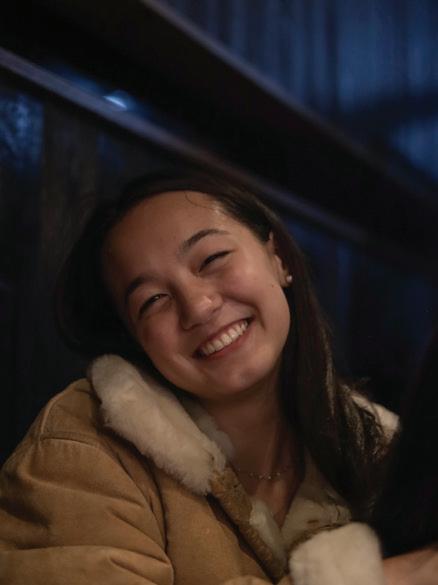
BY AVA WANG ‘25
Anniversaries and memorable dates can be weird, particularly when it’s one you wouldn’t exactly celebrate or are ‘celebrating’ alone. I’ve always been a rather sentimental person
ON SHUFFLE
and hold onto lots of little objects that remind me of the people I love, even if I haven’t spoken to them in years. (I also love collecting tiny boxes and vessels to keep said items in.) This, of course, leads to cluttered shelves and drawers, so I’m excited to move away from apartment living and have more closets and maybe a garage or attic to put stuff in. Lack of storage aside, these particular dates come and go with all of their assorted memories and memorabilia: romantic anniversaries, death anniversaries, and birthdays.
Junior year, for lack of better words, kinda sucked for me. There are many upcoming memorable dates, complete with lucid memories of what I experienced this time last year, and I have mixed emotions for most of them. During my sophomore year, I read Joan Didion’s The Year of Magical Thinking, in which she recalls the year following her husband’s early and untimely death. I am not going through the extent of her loss, but I relate to the temporal way she recalls her grieving experience. Didion recollects memories
she had with her husband, John, and her daughter, Quintana, on the calendar date they had occurred while her ‘year of magical thinking’ comes to pass. There are a lot of complex emotions she is left to process on her own, seeing as she lost the person she experienced them with, but the memories themselves are mostly funny or sweet. The message I took away from Didion’s book is that the first year after a significant event is the hardest, and after that, the dates start to soften and slip away from you, which is comfort-
Billie on shuffle
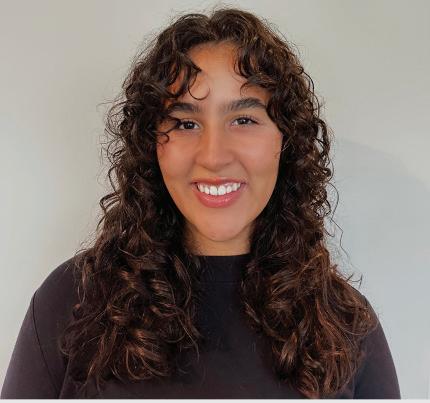
BY ABIGAIL
THOMAS ‘26
When we all fall asleepWhen we all fall asleep, where do we go? This is the question the 22-year-old, LAborn singer pondered back in 2019 in her debut album entitled that exact question. Going further back, Billie Eilish broke down the doors of the music industry in 2016 with her hit debut single “Ocean Eyes.” Eilish and her brother, Finneas, decided to submit a short little tune to the indie streaming service SoundCloud. Without anticipating any streams, this song
quickly became a hit. Fans from across the country and beyond sunk their teeth into this dreamy, almost tragic ballad. The magic of Billie Eilish and her brother attracted loads of new fans in such a short period of time. Not long after this single was released, Billie Eilish released her EP entitled Don’t Smile At Me. She dove deep into the themes of her previous single and stunned listeners with her dreamy vocals, deep bass, and gut-wrenching lyrics of teenage romance and heartbreak.
Billie Eilish has taken over the music scene over the past seven years. She shocked audiences with her ominous, darkly comical first album, WHEN WE ALL FALL ASLEEP, WHERE DO WE GO? This album won the “Big 4” awards at the Grammys, winning best new artist, album of the year, song of the year, and record of the year. She is the second artist
BOOK OF THE WEEK
in Grammy history to win all four. I mean, this album coming out was transformational for me in 2019. If you were called the dramatic friend or known as the one who would blast their music at 7 a.m. in the high school senior parking lot, you also probably loved the album. Packed with angsty California themes, Eilish related to an entire audience of loyal listeners.
Billie Eilish and her brother are a force to be reckoned with. They mean business. Their music is extremely emotional and personal while relating to people of all different backgrounds. I think that true artists can write a deeply personal song while also being extremely universal. I find that her two most recent albums do that very well. She released Happier Than Ever in 2019 and Hit Me Hard and Soft in 2024. Happier Than Ever explores themes of growing up, finding love, losing
love, and experiencing all those 20-somethings’ emotions. Some notable songs are “Lost Cause,” “Therefore I Am,” “Your Power,” and, of course, “Happier Than Ever.” With her Barbie blond hair, she released about an hour of the most dreamy pop vocals known to man, with her brother producing the entirety of it. Did somebody say Barbie?
Think about that blockbuster we were all talking about in 2023. You know the one. The hit movie Barbie by Greta Gerwig and Noah Baumbach was released in 2023, which shifted the world. We all felt the impact of this tremendous film that discovers themes of sexism, self-discovery, misogyny, and just pure cultural reflection. With beautiful composition came “What Was I Made For?” This song… I have no words. If you listen to this song, I guarantee it will have you in tears in the first thir-
Light from Uncommon Stars: a masterpiece in science, music, and magic

BY MADISON HELLER ‘27
Light from Uncommon Stars by Ryka Aoki is a rare treat to read in a class at Stevens. I was delighted to read it in Queer Fiction this semester, taught by Assistant Pro-
fessor Smaran Dayal. Most of what I read in my classes is either textbooks or much older novels and short stories. So, getting the chance to read something written in the past decade is really nice. I feel the need to share that I would spend many afternoons between my classes reading Light from Uncommon Stars in bed, and it was a great book to read casually, relaxing in the warm sunlight. Light from Uncommon Stars is a unique book that crosses across many genres and many different types of characters. The main characters are Katrina Nguyen and
Shizuka Satomi. Katrina is a gifted violinist and trans girl from Oakland, CA, who finds herself homeless in LA after running away from her home and abusive parents. Satomi is a legendary violin teacher who is functionally immortal due to a deal with the devil (the H-E-Double Hockey Sticks kind of devil). There is also a family of alien (the kind from space) refugees who run a donut shop, and Satomi falls in love with Lan Tran, who is the mother of most of the alien kids working in the donut shop. Over the course of the novel, Satomi comes to care for Katrina in a way that
she did not for the previous six violinists she gave to Hell. Satomi has to make a decision on whether to spare herself or the talented student she has come to care for so much. One of the most enjoyable parts of the book was honestly the ability to discuss it with others. Queer Fiction has been one of my favorite classes this semester because people were excited both to read and talk about this book. As one of the few literature majors at Stevens, very rarely are people in my classes enthusiastic about the material or class. Maybe because of the nature of who it attracts or the giant circle
ing but bittersweet. The birthdays of some influential people in my childhood recently came and went, and even though I am no longer in contact with them, they still crossed my mind on their day, and I still associate the early September change of upstate New York leaves with them. I’m not sure if it is silly that I didn’t reach out, but if I spent every day reflecting and ruminating, I would never get anything done.
I have burnt a lot of wood trying to decide whether or not I want to stay at Stevens
full-time for another year to finish a Master’s, and I am currently leaning towards no. That decision entails it really being my last year here, which applies some pressure and a false feeling of ‘now or never’ on whether or not I want to reach out to Stevens friends when dates I associate with them, good or bad, cross my mind. I am unsure of the answer and don’t think I’m in a great position to give advice, but the world would probably be a better place if more people spent less time ‘celebrating’ the hard dates alone.
ty seconds. Billie Eilish and Finneas upped their game with this single. Winning the best song written for visual media at the Grammys, this brother-sister duo changed the world.
With Hit Me Hard And Soft being released more recently, Billie Eilish taps into a seductive, playful tone. She speaks on current queer relationships and looks back on old partners. She stuns listeners with outstanding vocals that can come across as more jazz-like sometimes when she sings in her lower register. With songs like “CHIHIRO,” “BIRDS OF A FEATHER,” and “LUNCH,” she totally surprises audiences with her risque lyrics and lively themes. I think this album was Billie’s way of reclaiming her sexuality, personality, and overall music industry existence. Listening to this album will take you through a whirlwind of emotions, from lust to abso-
lute loss.
Whether you want to sit in a dark room for a while and headbang, dance at the club with your friends, or just passively listen to some good beats, Billie Eilish is the artist for you. Eilish and her brother create music for those of us who are deep feelers; this doesn’t always mean you feel sad emotions. If you like to go out and be around your friends, Billie Eilish is perfect for you, and if you like to stay in and wallow, she is also perfect for you. My advice is to listen to her most recent album while you walk to class. If you’re coming from the back of Hoboken, the 18th floor of UCC towers, or a cute little first-year dorm, blast Billie Eilish in those earbuds, and you will be sure to have a motivating and upbeat day. I recommend listening to “CHIHIRO” right before you go into your boring lecture. Trust me, you’ll instantly be pumped up and ready to go.
we form at the beginning of each meeting, this course is everything one could be excited about in a class. Talking about a book with people who care improves the experience tenfold. Any book or any story can be worth analyzing, and it doesn’t have to be crazy complicated to be crazy good. With class registration slowly creeping up on us all, I would like to point out to any eager readers that HLI 391-A Queer Fiction is a class that is available to take in the spring semester. I greatly enjoyed the class, and every reading in it has been amazing, including this novel. So, when
thinking about a class to fulfill a humanities requirement, maybe consider taking this class and reading some great works of fiction.
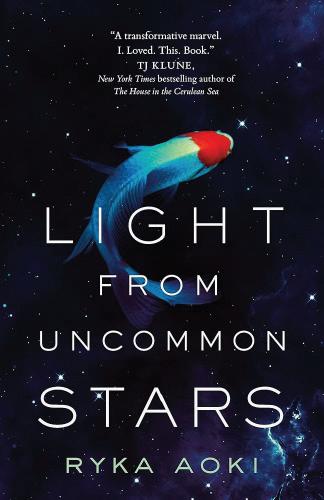
Shark week sucks, but that’s exactly why we should talk about it more
BY TANYA AVADIA ‘26
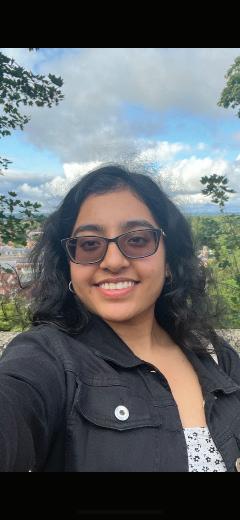
and I got to the episode where Mitchell and Cam ask Haley to help Lily navigate “shark week,” and that’s where I got my idea for this week’s column. For anyone who hasn’t realized what I’m referring to yet, when I write “shark week,” I am referring to menstruation. As a woman myself, I can confirm that periods suck. They suck for so many reasons: you are bleed-
ing, you may be in so much pain, the week leading up to your period, you’ll probably feel like crap, and of course, the fact that all this is something you’re stuck with for a good 40 years of your life really, really sucks. However, what I believe sucks more is the stigma that surrounds being on your period, and that’s exactly why we should talk about our periods more.
One of the reasons why the period stigma exists is because many cultures view it as an “impure” or “shameful” thing that happens to girls when they are transitioning into womanhood. For example, in some parts of southeast Asia, there is a practice called “chhaupadi” in which women must leave their homes and communities and seclude themselves in makeshift huts called menstrual huts while on their cycle. This is because of cultural beliefs that a
FOR MATH’S SAKE Mathematics prizes and awards
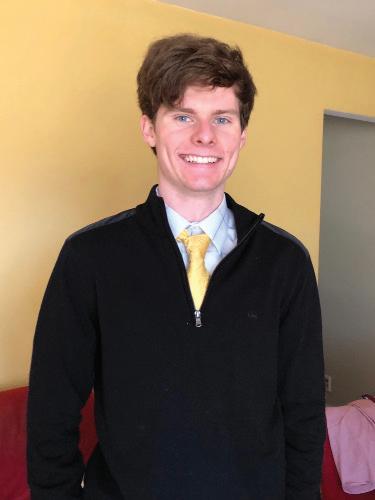
BY CHARLES BEALL B.S. ‘23 & PHD STUDENT
the major accolades that honor achievements and contributions in mathematics. While Alfred Nobel did not deem mathematics worthy of a prize (boo!), mathematical honors sometimes carry even greater rewards and have targeted accomplishments from specific groups of mathematicians.
The first of these is the Abel Prize, named after Norwegian mathematician Niels Henrik Abel and often dubbed the “Nobel Prize in Mathematics.” Like the Nobel Prize, the idea to begin this fellow Scandinavian accolade was formulated at the turn of the 20th century. Unfortunately, it struggled for a century to achieve proper funding, but starting in 2003, the government of Norway officially provided the money to give out an annual prize worth 6 million Norwegian kroner (around 500,000 USD). The prize now carries a payout of 7.5 million kroner (just under 700,000 USD), traditionally given to one or two mathematicians. The next Abel awards ceremony is May 20, 2025, so mark your calendars to celebrate the next winner or pair of winners!
While the Abel Prize has typically honored established mathematicians, the Fields Medal is exclusively given to mathematicians under the age of 40 for breakout early careers in the subject. It is named after Canadian mathematician John Charles Fields and is chosen by the International Mathematical Union every four years. The most recent medals were given to four outstanding 30-something mathematicians in 2022. Many Fields Medalists are fellow New Jersey residents
woman is “impure” and thus “untouchable” while she is on her period. These women are isolated and are responsible for cooking and sleeping away from their homes. They also aren’t allowed to touch others, pray, or visit temples. A study done by the National Library of Medicine states how women suffer greatly as a result of this, as they are subject to animal attacks, assault, rape, and suffocation to death due to poor ventilation. This is horrific, and the fact that girls and women are subject to all this just for a natural biological process is appalling. Another thing I’d also like to address in this case, is the mental trauma that is an after-effect of this. Likely, any girl or woman who has been subjected to this type of experience will associate their body’s natural processes with shame and disgust. Even worse, this kind of trauma
could be passed down, causing a generational stigma of menstruation.
However, there are some cultures that actually celebrate a girl getting her period. For example, an anecdote shared from a woman in South Africa to BuzzFeed stated, “You have a party thrown to celebrate your transition into womanhood where you don’t leave the house for three days, then get presents and a huge party (typically).” I find the difference between the two cultures fascinating, and it makes me question how people interpret the same concept in two completely different ways.
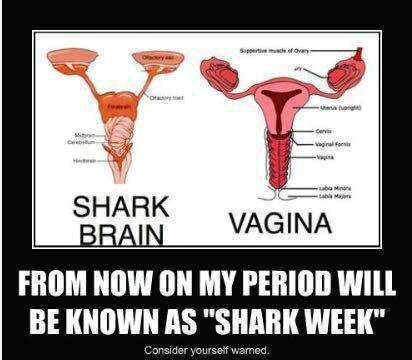
Moving on, conversations regarding our periods need to continue. I’m glad that with the age of social media and in an era of mass information, women are speaking out about the biological processes they go through. However, it is still something that has yet to become commonplace. While we are moving in the right direction, we still have a long way to go. In my ideal world, everyone would be educated about menstruation, which would be seen as a normal biological process. Since this is not the case, the best we can do is talk about our experiences and attempt to destigmatize the discussion around periods while working towards the longer term of destigmatizing periods overall. After all, this is something half of the population experiences — why should it be something we hide?
FOODIE FINDS Chef Tan’s flavor span
enjoyable.
working at Princeton University. The first two women recipients of the Medal are Maryam Mirzakhani, an Iranian mathematician who is sadly no longer with us after losing a battle with breast cancer, and Maryna Viazovska, originally from Ukraine.
The above two awards have traditionally honored what is often referred to as “pure mathematics” research: one can think of this as the more abstract mathematics, studied primarily to advance mathematical knowledge, with real-world applications put on the back burner (although one can often find applications without looking too hard!). High accolades with a more applied mathematics focus are the Norbert Wiener Prize and the International Prize in Statistics. One may even count the Nobel Memorial Prize in Economics as a math-adjacent award: John Nash, famous for his work in game theory, notched both a Nobel Economics Prize and Abel Prize in his lifetime.
If you’re curious about the most lucrative mathematics award, this is probably the Millennium Prize, given by the Clay Institute of Mathematics, if you can solve one of its six so-called Millennium Problems in Mathematics. You might be familiar with some of these famously challenging problems — including P vs. NP, the existence of smooth solutions to the three-dimensional Navier-Stokes equations, and the Riemann Hypothesis. If you find a solution, the Clay Institute will award you one million USD!
It may be extremely difficult to win any of these prizes, but it’s always exciting to dream big. If you would like a taste of more challenging mathematics puzzles and problems in a fun environment, I will end this article with a plug to the Stevens Math Club, which meets on Wednesdays from 3 to 4:30 p.m. to prepare for the annual Putnam Competition, a test that features wildly challenging yet fascinating math problems. If you are interested, you can reach out to Professor Pavel Dubovski and stop by a meeting to start your journey to win a major mathematics award!

BY PRISHA VAGVALA ‘28
Often, when craving good comfort food, I find myself thinking about Chef Tan. It’s not exactly around the corner from Stevens, more like a 30-minute walk, but it’s worth visiting during the weekend with friends. Trust me, the food will make up for the journey to Jersey City. My favorite part of the restaurant is the aura. You feel a sense of warmth the moment you walk in, from the red and wood-themed interior to the warm white light chandeliers that look like fireworks. It’s a place that blends modern touches with traditional Chinese elements, making it feel both familiar and unique. And of course, I can’t forget the huge, comfy sofa booths. There’s something about sinking into one of them that makes the meal even more
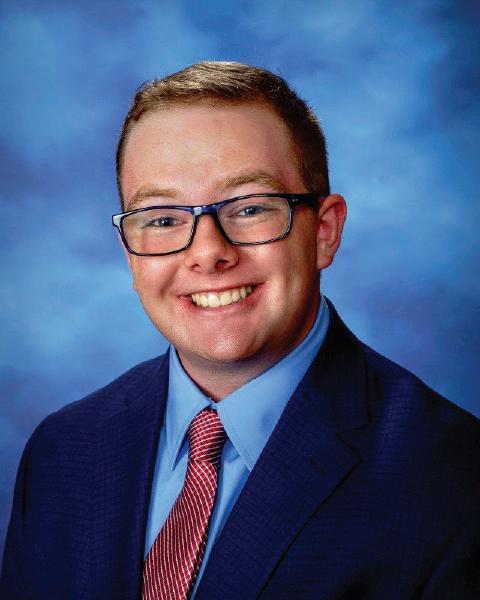
BY EVAN PAPAGEORGE ‘26
As I was trying to figure out a possible topic for this week’s article, I faced a situation where I needed to explain if I could be an unbiased voter in a situation of personal involvement, which I said, “of course,” with a little “go autism” at the end — which understandably raised questions. I naively assumed that those who might not know much about autism know about our niche little superpower of being the best judge, even in super personally-conflicting situations.
When it comes to the menu, the chicken fried rice is a standout. With generous portions and just the right amount of perfectly cooked chicken, it’s a comforting dish that never disappoints. Unlike most fried rice dishes that leave a lingering eggy taste, Chef Tan strikes the perfect balance of flavors. Each bite is rich and savory, and there’s something so addictive about their chicken fried rice that you’ll find yourself wanting to order more of it every time. The shrimp fried rice is another great option; Chef Tan never misses any of their fried rice dishes. The shrimp is cooked perfectly, and you can tell by its C shape instead of the typical O shape of the shrimp you see in other restaurants. However, the highlight for me is the scallion pancake. Crispy and flaky, it’s packed with scallion flavor, and I love dipping it in soy sauce for that extra kick. While all of their food can be a bit oily, I think it adds to the appeal, or maybe that’s just my American taste. Chef Tan also serves up a solid chicken pad Thai, which is a reliable choice. It is insanely sweet, savory, and tangy yet bal
anced. The service at Chef Tan is just as impressive as the food. The staff is genuinely friendly and attentive, making sure you have everything you need. The most convenient part is that they serve the dish on rotatable plates, making it easier to pass around and grab food while adding a bit of flair to the experience. The plates themselves are also fancy (like one is leaf-shaped) with nicely plated food that elevates the overall dining experience. To top off your meal, they have a jar of fortune cookies that you can take from after
eating. It’s a nice little tradition that reminds me of high school when we would always open our fortune cookies together after being served bad lo mein for school lunch. I have a designated Ziploc bag at home where I save all my fortune cookie papers, and each one brings back memories of high school, which is why I especially like the fortune cookie jar at any Chinese takeout place. Chef Tan isn’t just a place to grab a meal; it’s a restaurant where the comforting food, warm atmosphere, and friendly service come together to make happy memories.
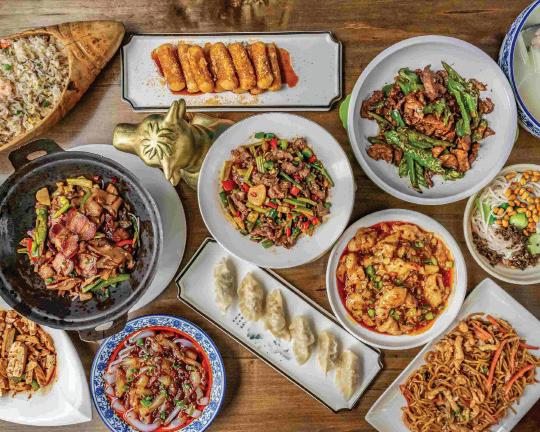
However, I’ll let you be the judge as you read about autism and being judgy!
Let’s define a few things (which is always a good place to start). Every day, everyone faces endless big and small decisions — from what to wear and eat to choosing a career or relationship. In most instances, you weigh the pros and cons, get advice from others, and do some quick personal research to decide. However, if a decision you make impacts another person, how does your relationship with that person affect your decision? If you give out a scholarship, will you give it to a random Jane Doe or your child? Or if you are overseeing a disciplinary hearing, will you acquit your spouse in the face of compelling evidence? In most cases, abstaining is expected — the best way to negate a personally-biased vote is not to vote!
With that in mind, the
question is, how does autism affect this? Well, a prevalent trait of autism is that individuals with autism love, and I mean LOVE, rules. Whether it be who rolls first in a game of Monopoly or following the law, individuals with autism often follow the rules to the tee without training or thought. I was home last weekend and reading up on a psych evaluation from when I was three years old, which repeatedly explains how I cried whenever someone broke a rule (narc for life?).
Part of the reason for this is the impact of autism on the brain. Autism leaves the brain with more synapses in the prefrontal cortex (which controls rationalism and logical thinking) and fewer synapses in the amygdala (which controls emotions).
This combination often leaves individuals with autism thinking more logically rather than emotionally. So essentially, if facing a deci-
sion where they may know the person they are deciding upon, neurotypical individuals may have about 50% logical thoughts and 50% emotional/social thinking. Individuals with autism, on the other hand, may have closer to 75% logical or even more, essentially making it less likely for us even to be able to be biased in a situation, simply because the emotional part of our brain that would be biased cannot overpower the logical prefrontal cortex. Individuals with autism often struggle with the lack of bias and overabundance of logical thinking in daily life. While it can have benefits in professional situations (like disciplinary decisions), it can make it more difficult to navigate social situations and interact with peers, but that’s a topic for another article. So, is a non-biased autism brain a superpower or not? Depends if you’re biased!
PHOTO
Opinion
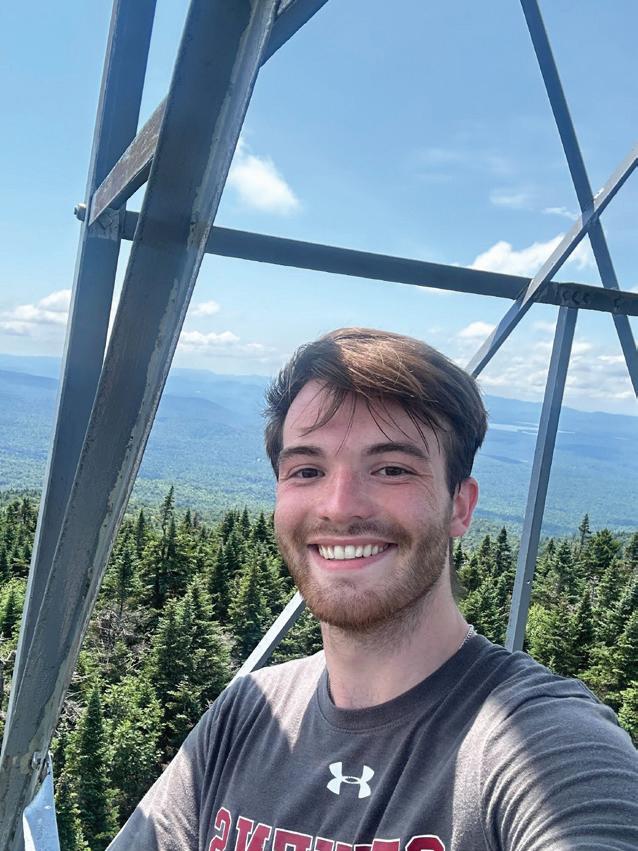
BAFFLING BITS & BOBS
Foaming at the mouth
BY KEVIN CASTNER JR.
B.E. ‘24 & M.E. ‘25
I am admittedly not a huge coffee guy. I actually much prefer a nice cup of hot chocolate any day of the week. With that being said, it is undeniable that Fall has one drink to rule them all: the Pumpkin Spice Latte. A subset of the caffè latte family of drinks with some special spice, it’s a favorite amongst many at this time
of year. Now, you may ask yourself, what makes a latte a latte? Disclaimer: Coffee snobs, piss off, and don’t even think about correcting me on any of this — it’s called an Opinion Column for a reason. Moving on, it’s essentially espresso with foam on top. But not just any foam microfoam. Also known as wet foam, as opposed to macro or dry foam, microfoam has microscopic, evenly dispersed bubbles. This makes it ideal for creating latte art and staying afloat atop the latte. It was while I was researching for this article and I read the term “microfoam” for the first time that I said to myself, “Holy fuck, is the most research I am going to have done for an article really going to be about coffee?” Yes, yes, it was. I
got to polish up on both my chemistry and electricity and magnetism knowledge. For instance, microfoam is a colloid, a colloid being a substance with a medium and dispersed particles throughout. The milk is the medium, and the air particles are the gas. But it does not stop there because milk itself is a colloid, an emulsion. That’s because milk is just a mixture of typically immiscible fluids: oil and water. Now that we have the chemistry down, how does one make microfoam? Well, if you are professional and own a latte machine and the like, you use a jet of hot steam to simultaneously heat up the milk and aerate it. I, however, am neither of those things. So, I will discuss the humble handheld milk frother.
The only prerequisite to using the milk frother is heating up the milk ahead of time. Once you have the milk at a cool 70 degrees Celsius, you are ready to begin. Tilt the cup to a 30-degree angle, insert the frother, and turn it on. Initially, you will be able to see the frother head as it incorporates air into the milk. Once the milk has covered the frother head, continue frothing until all visible bubbles have disappeared. We have now reached the actual point of the column. Quite frankly, I am stunned and humbled to think that you have read this far. So, just how does a handheld milk frother work?
Handheld milk frothers are glorified miniature mixers. They have a long shaft with a whisk, which I
like to call a frother, at one end, and the other end is affixed to a DC motor. Upon dusting off my four-yearold notes at 8:27 a.m. on a Thursday, I can say that direct current motors work via direct current! Simply put, when you pass electricity through a wire, it generates a magnetic field. If you bend that wire into a loop, it’ll create two poles, north and south, above and below the loop. Surround that loop with two permanent magnets, one that’s north and the other that is south, and those magnets will spin! But you may be saying to yourself, won’t it spin for a little bit and then get stuck once north meets south and south meets north? Indeed, you are right, but if we reverse the flow of electricity in our wire loop, our north and
south poles will also flip! Time those current switches correctly, and you will get a constant spin. Add more and more of those loops and more and more magnets, and then you get yourself a DC motor. I have definitely gone over my word count on this one, so I’ll see you guys next time when we will be getting Sp00ky. ;)
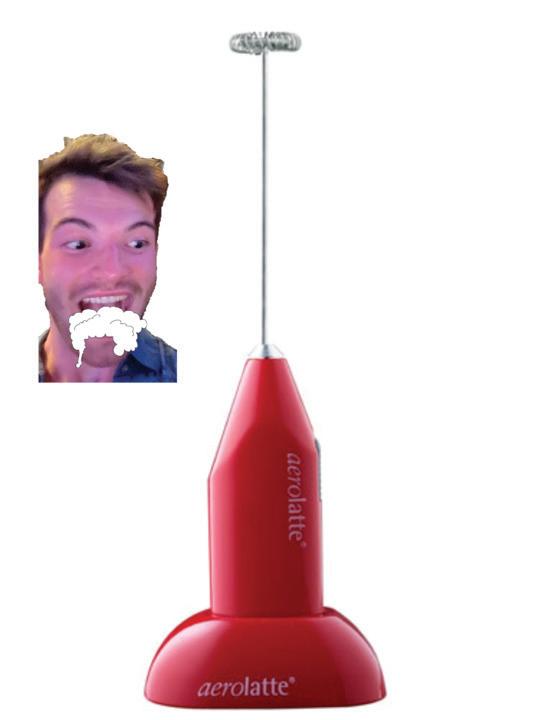
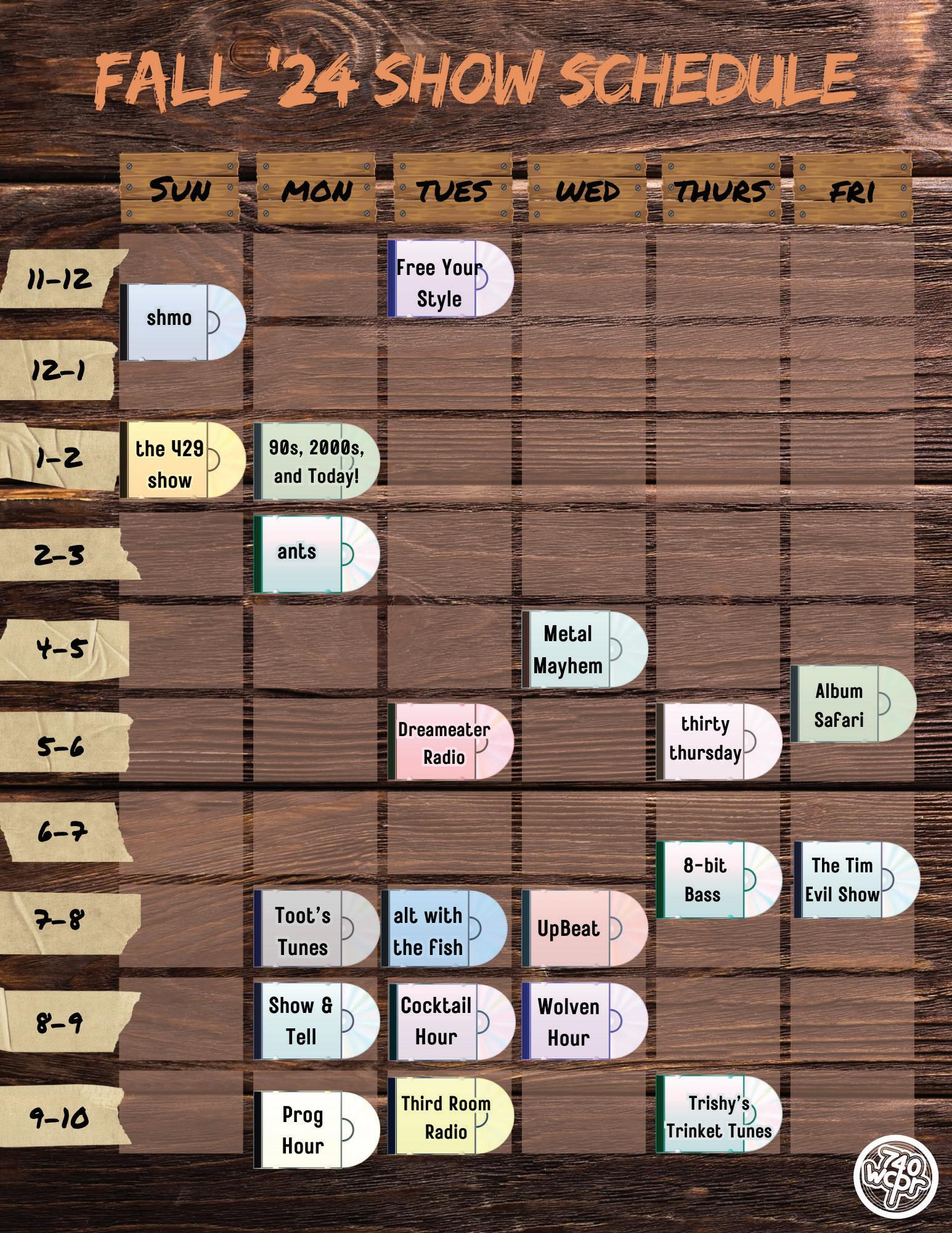
KEVIN CASTNER JR. FOR THE STUTE
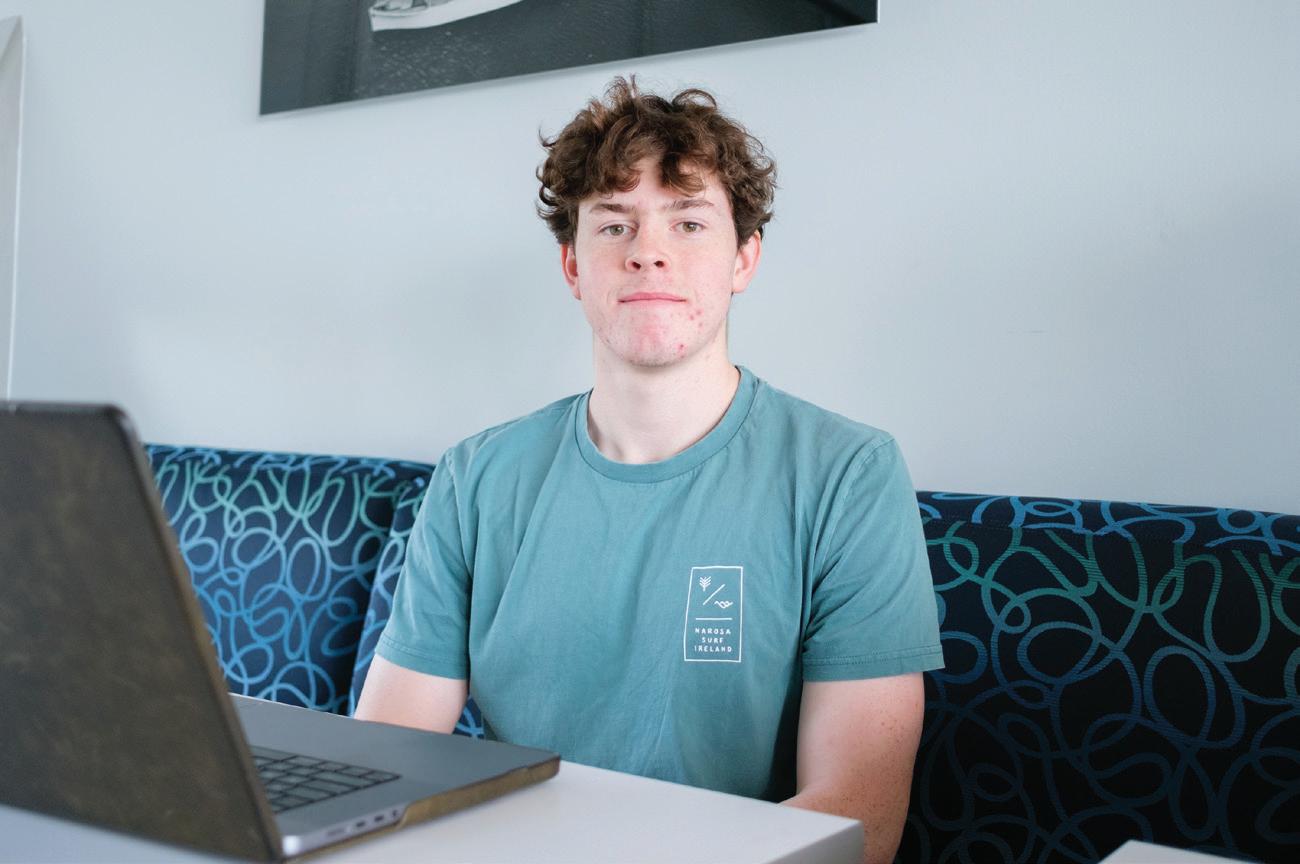
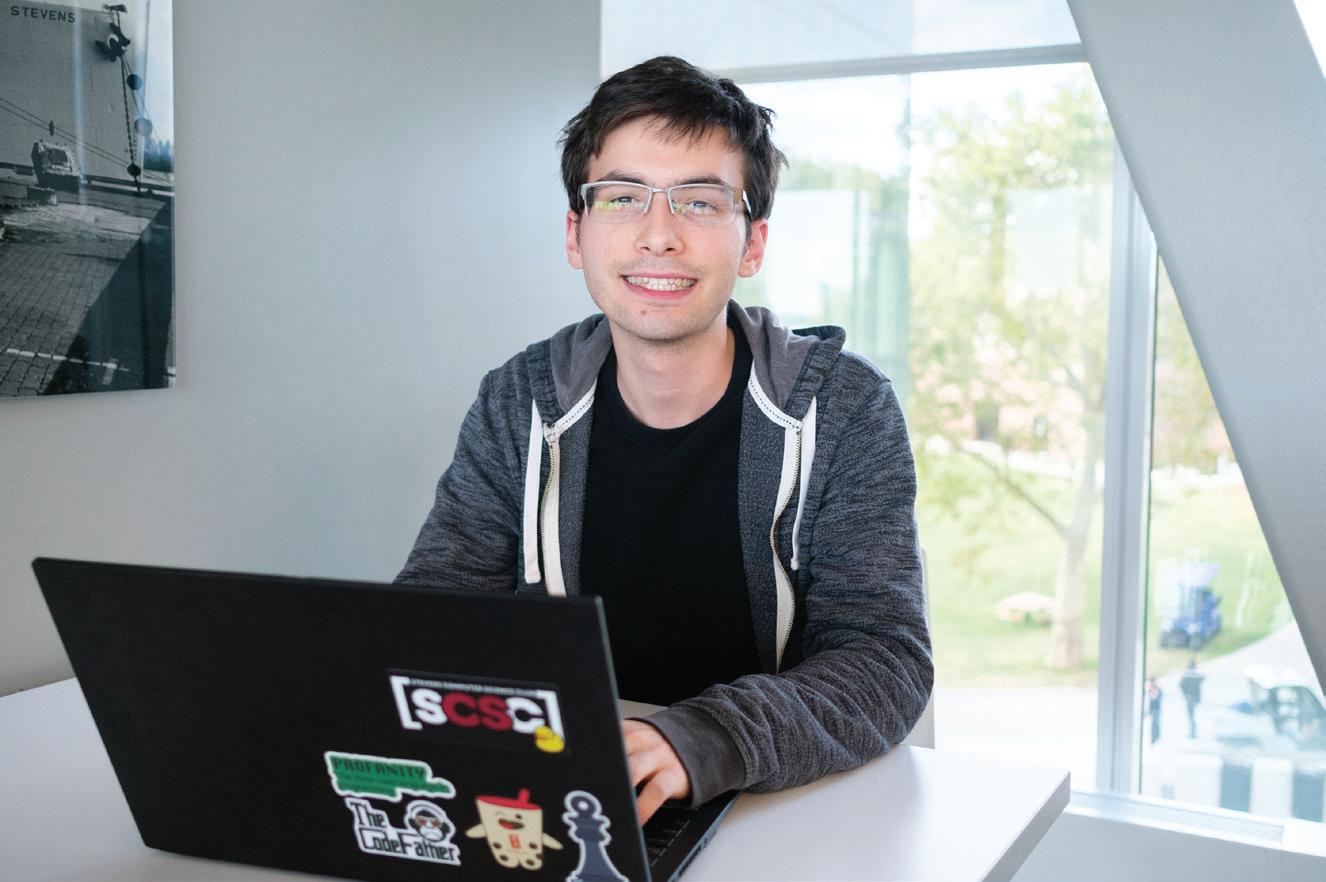
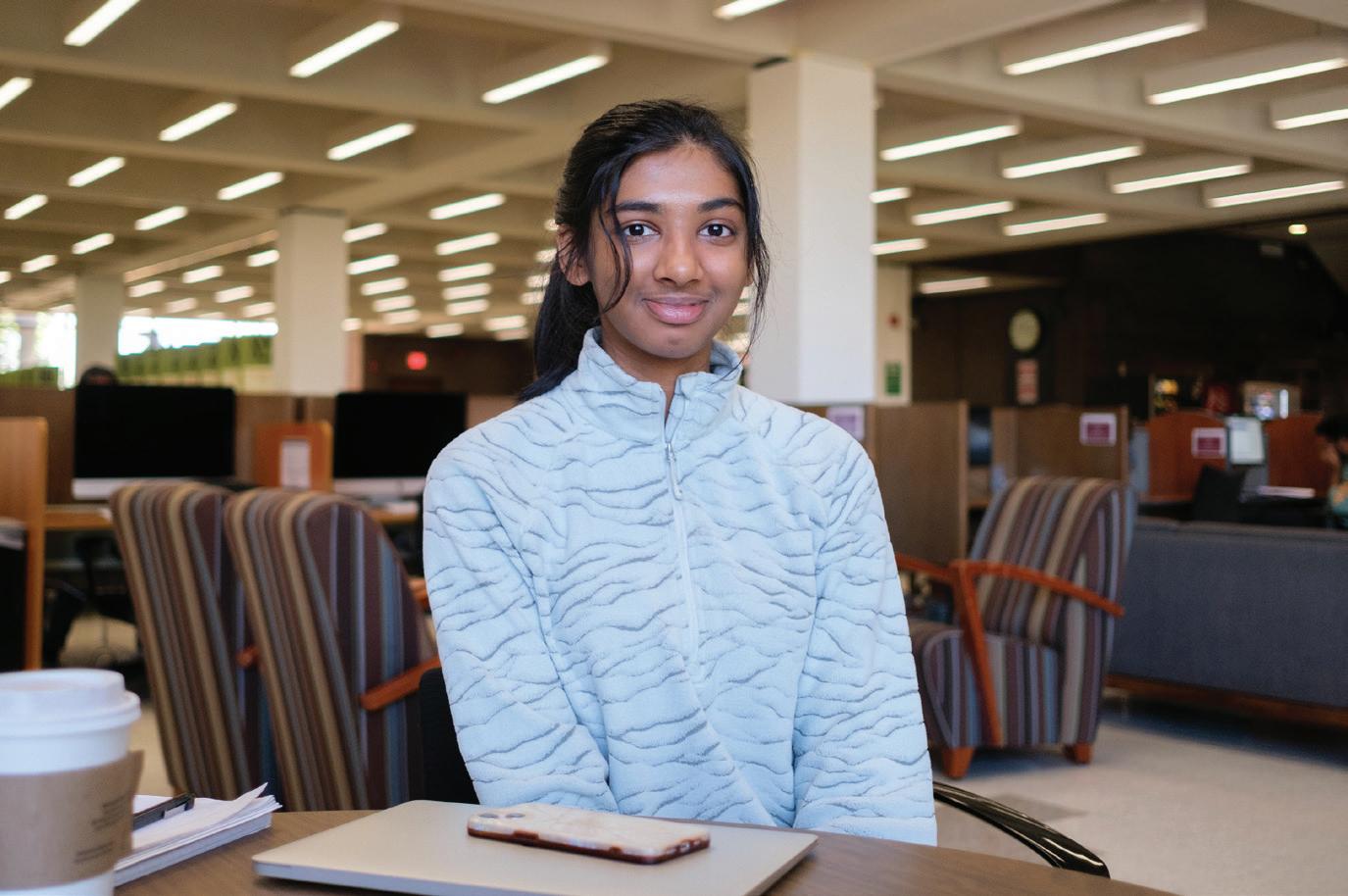
ROVING REPORTER
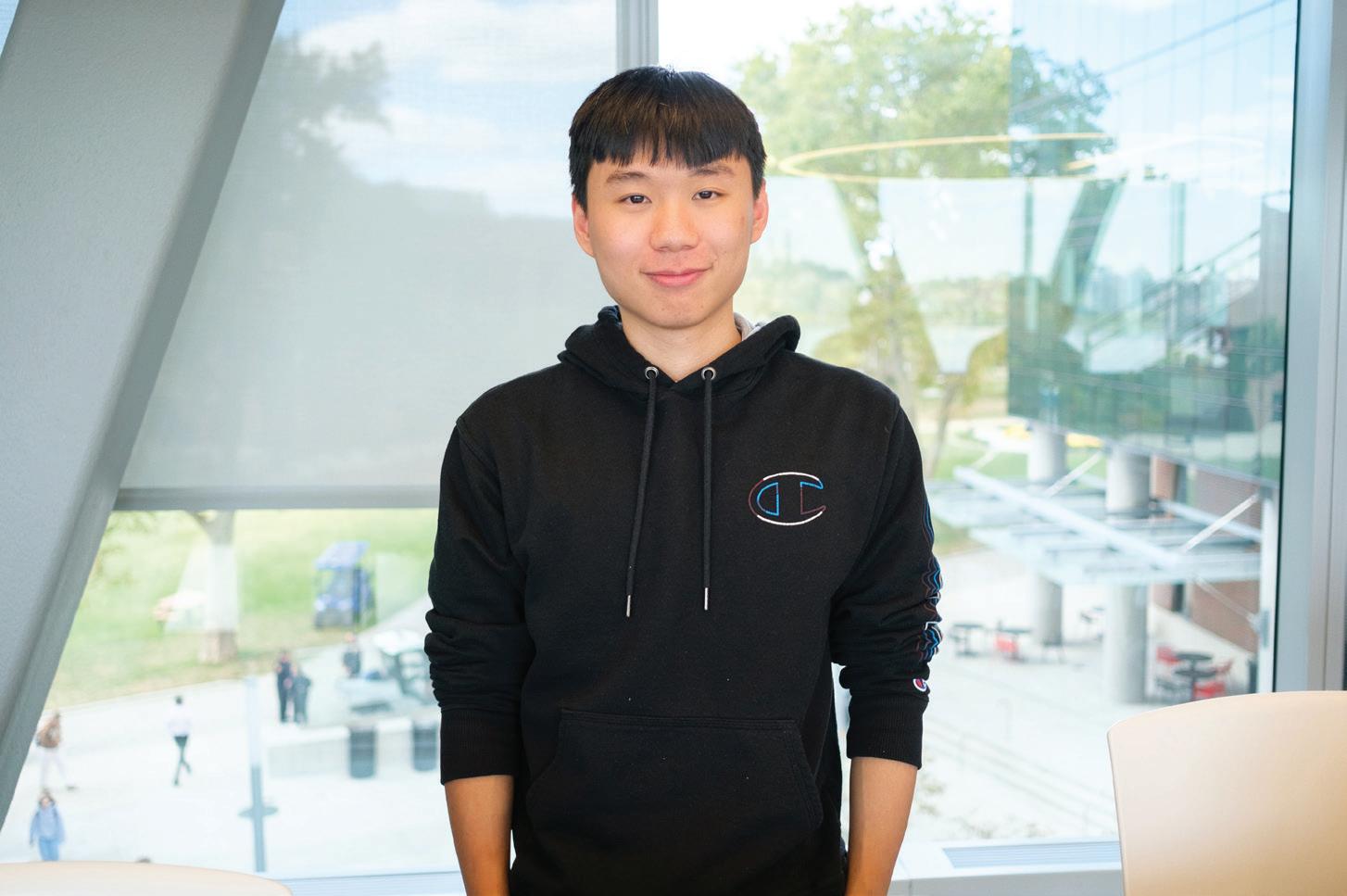
By Rafael Lee Li and Jiya Jaisinghani
“How do you feel about ChatGPT?”
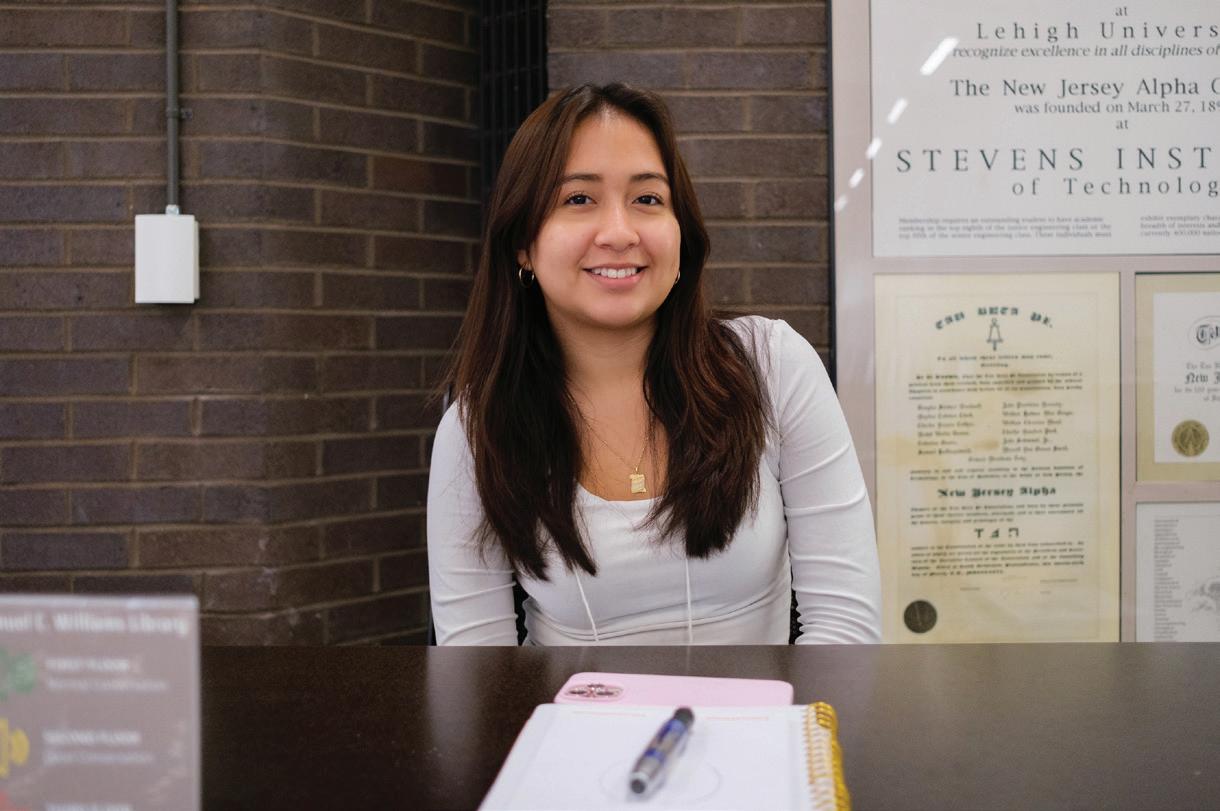
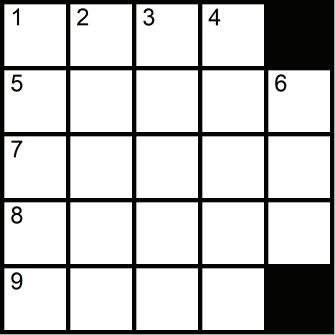
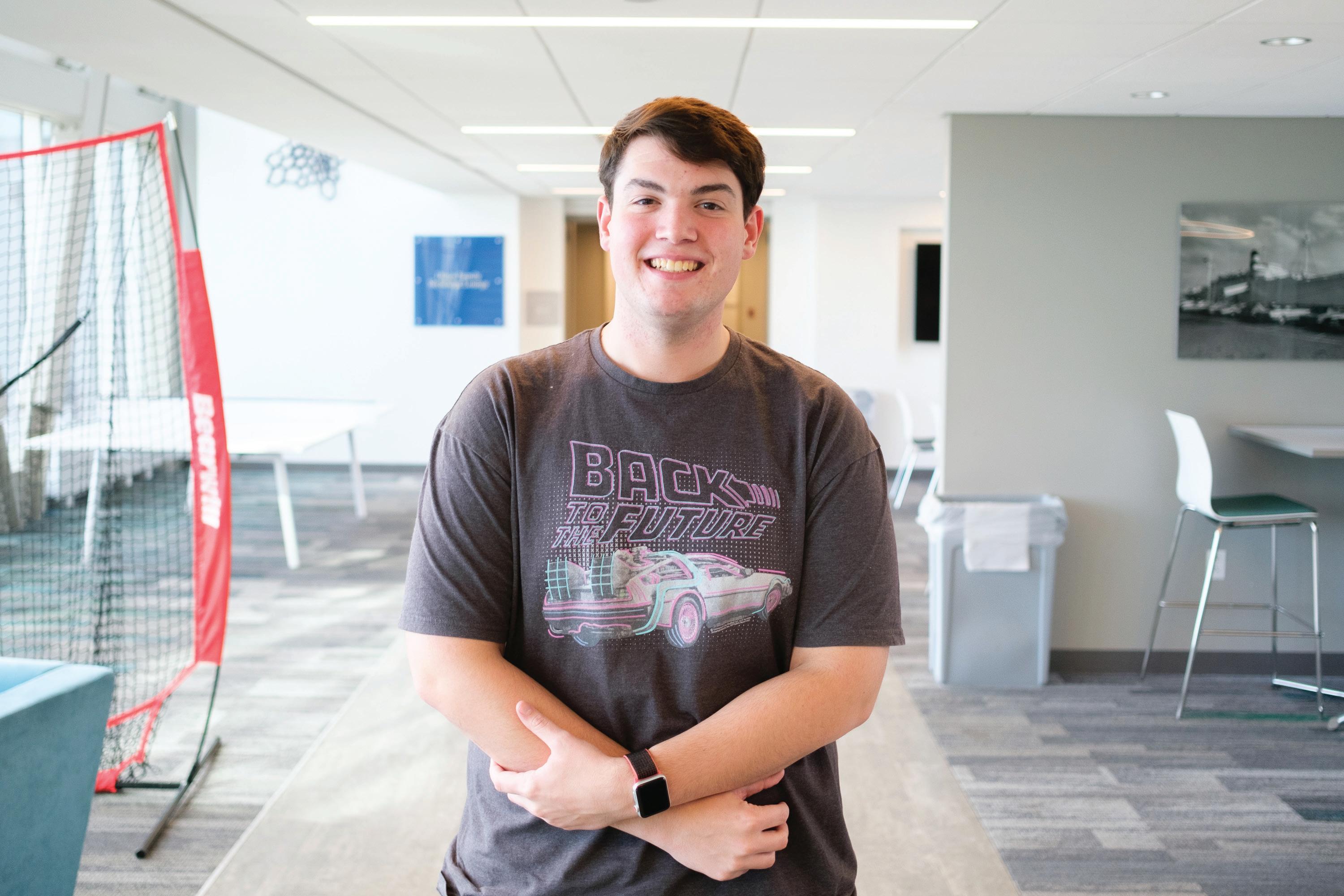
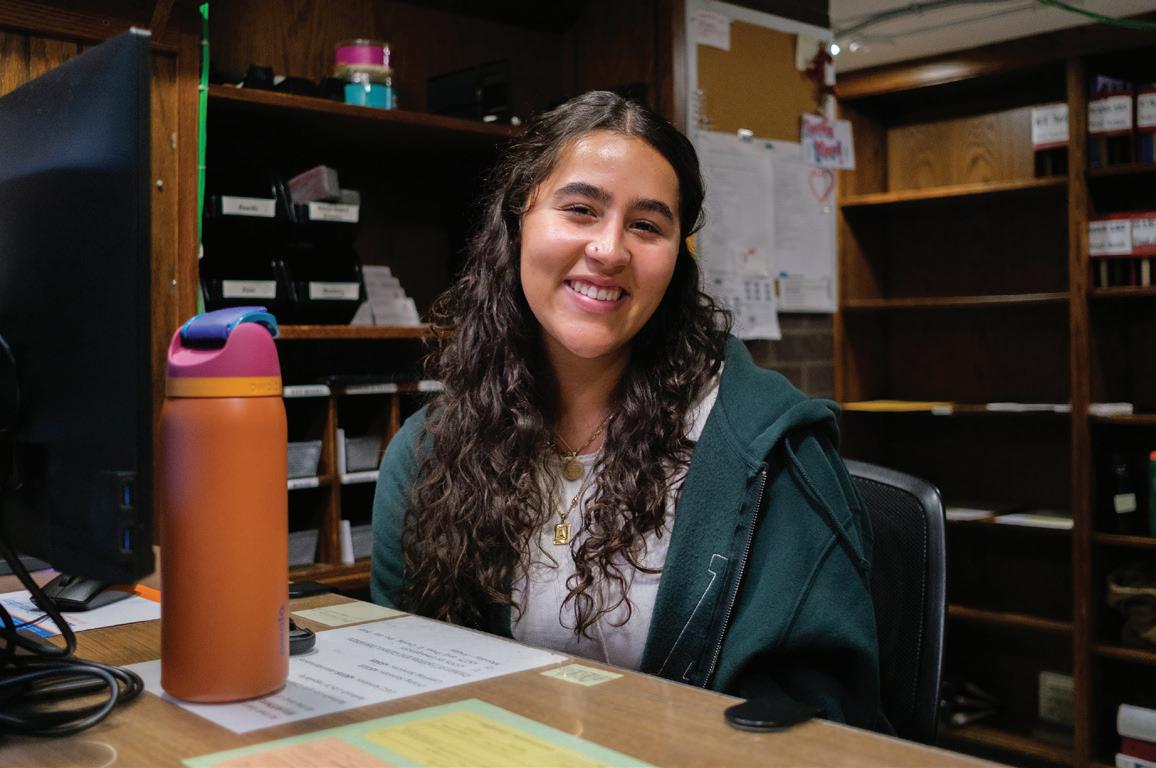
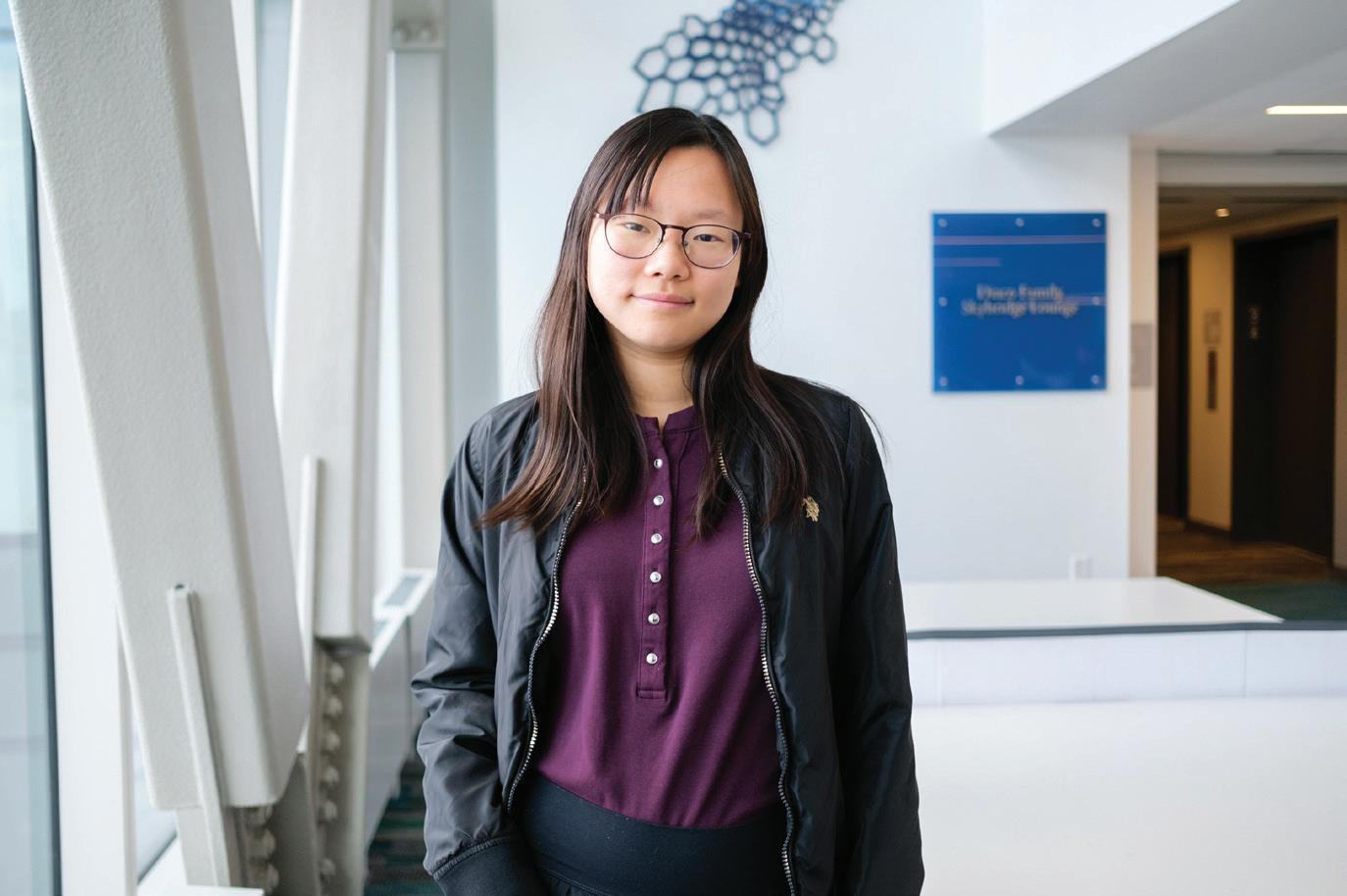
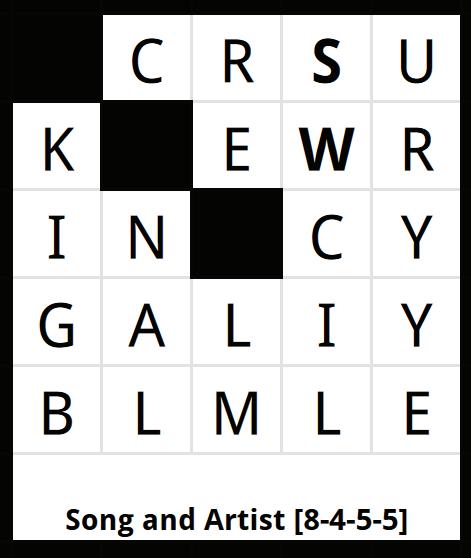
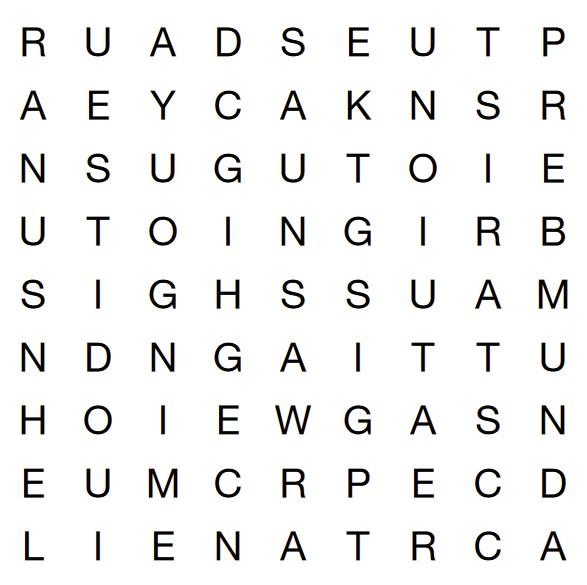
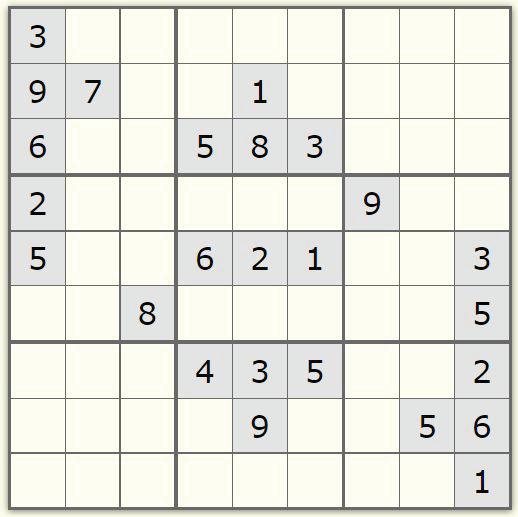
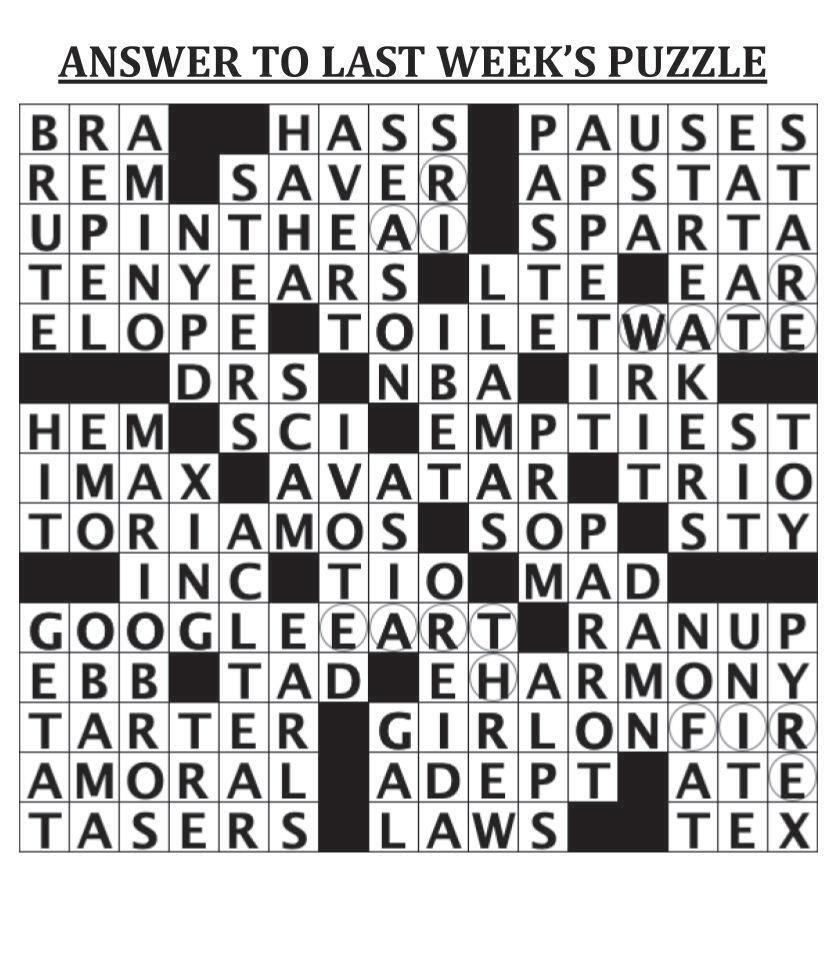
Dominic Souza ‘27 “Great question...”
Brandon Lu ‘27 “What’s ChatGPT???”
Abby Thomas ‘26 “It’s cool!”
Salomé Orozco ‘27 “We are besties.”
Prisha Vagvala ‘28 “It’s like coffee in the morning.”
Melissa Shi ‘26 “Chat is this art?”
Zakariyya Scavotto ‘26 “With great power comes great responsibility.”
Colm Murrer ‘27 “Big power.”
